Food and Culture Tour-8-Day Tour of Guangzhou and Surrounding Areas
It was another year when we met. We discussed whether to go to Guizhou or Dunhuang. In the end, we felt that the climate in December was not perfect. She said it would be better to go to Guangdong to find delicious food. As a foodie, I and she, who only wanted to get together with us, both readily agreed. Planning time was not enough, so we chose the destination attractions according to our preferences, and found private customized planning routes, chartered cars, accommodation and ticket reservations. On the first weekend of December, we gathered in Guangzhou to start our food and cultural journey.
D1 Join in Guangzhou-The first meal of Tao Tao Ju-The night view of the Pearl River at Haizhu Bridge.
On the weekend afternoon, we hugged each other outside the airport arrival hall we haven't seen in all year. We, who are usually relatively restrained, couldn't avoid having three women in a show. It was a joy to meet each other! Our special car driver was a young man born in the 1990s from Henan. He was honest and cheerful. On the way to the hotel, he chatted with us about the weather in Guangzhou, answered our small questions, and communicated about the car use the next day. He naturally accepted our little joke. After check-in, I tidied up and rested in the room. Seeing that it was approaching 5 o'clock, we walked less than 500 meters to the famous Cantonese restaurant-Tao Ju. We went to Jiefang North Road Store. The facade was inconspicuous and we almost passed it. It is said that there are people waiting for Tao Tao Ju at all times, but reservations can be made online, which is more convenient during peak hours. We arrived early. Although there were already people waiting for a table, we only waited for about ten minutes before there was a table for three people. The layout of Tao Tao Ju was also very unique. The front desk was on the first floor, and the dining area was on the second floor. Later, we found that all the larger Cantonese restaurants seemed to have this layout. The stairs were decorated with extremely colorful geometric patterns, a bit like the stained glass windows of a Gothic church. It looked very beautiful and eye-catching, but it did not feel abrupt or complicated. It was very unique! There are pictures and names of classic dishes on the wall along the stairs, and we happily decided to follow the guide! Facts have proved that our decision was quite wise! It looks like I want to eat everything, but my stomach is limited. It's so difficult to decide! We ate several meals in Taotao Ju in the future, but we didn't eat all the classics, such as squab pigeons... I highly recommend a bite of crispy tofu, fried spotted balls, roast goose (relatively greasy), and brushed milk buns. It's not 8 o'clock after the delicious meal, and we feel that we can't go back like this with our round bellies in our hands. Let's go to the Pearl River to see the night view and take a walk! From Metro Line 2 to Haizhu Square, we walk from Jiefang Bridge along Yanjiang West Road to Haizhu Bridge, pass Haizhu Bridge and then follow Binjiang Middle Road to Jiefang Bridge. These two bridges should be bridges built earlier on the Pearl River. The two sides of the Pearl River in this area are decorated with lighting and smoke facilities, there are large commercial centers nearby, and cruise ships pass by from time to time on the river. It is obviously a Pearl River scenery belt. The night view is beautiful and it feels like a market in the sky. There are many street artists gathered on Binjiang Road, and their desolate, bold or melodious songs are performed by different singers not far away. Electro-acoustic bands, Latin dancers, and chalk artists with disabled legs all attracted the stop and generosity of passers-by. Suddenly, the heartstrings were stirred by Guangzhou's tolerance! Ancient and modern, Chinese and foreign, political culture, family ethics... From spring snow to fireworks on earth, it is nearly 10 o'clock to talk about delicious food again. Sure enough, dinner is over. We took a taxi back to the hotel to look forward to tomorrow's Guangzhou morning tea!
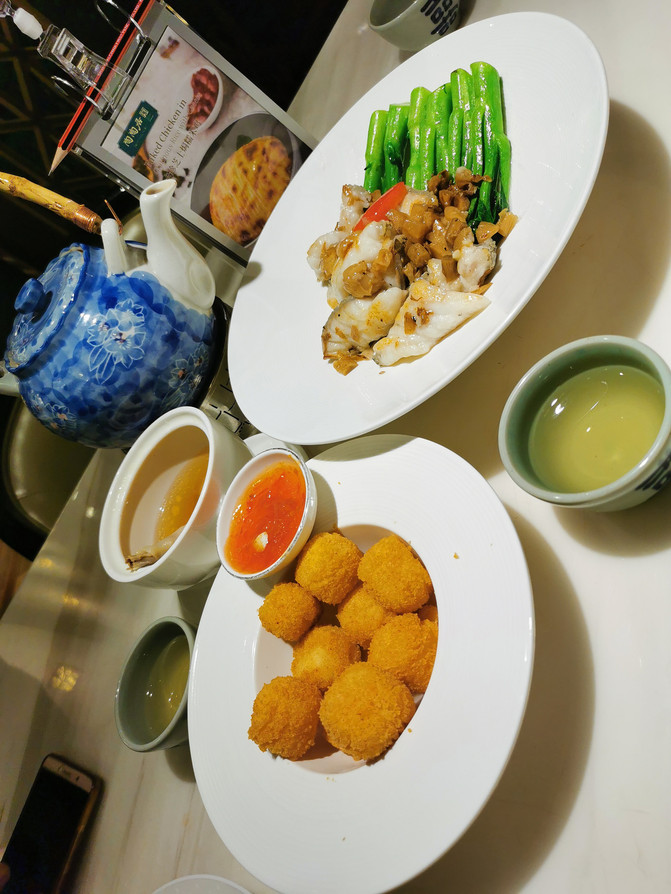

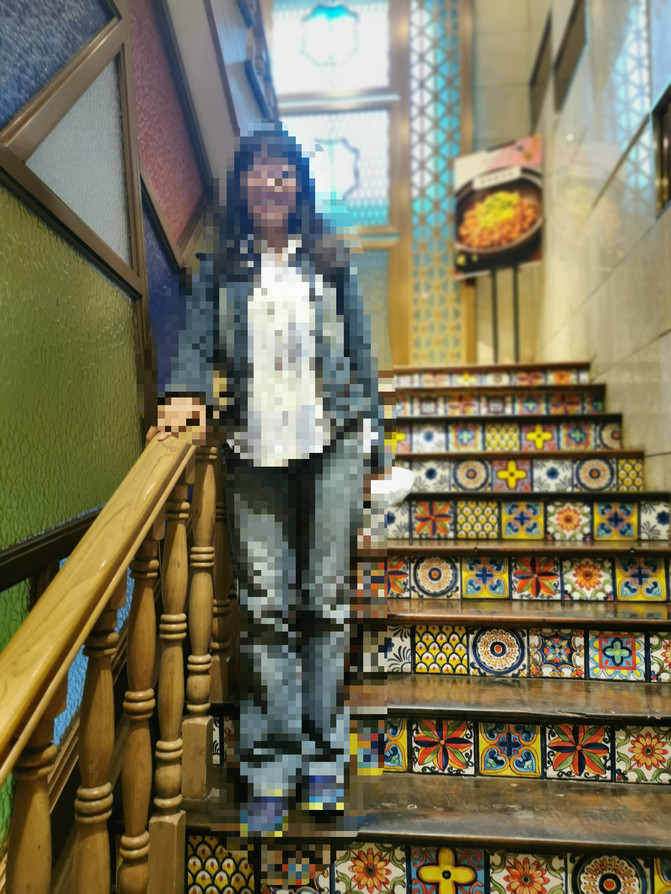

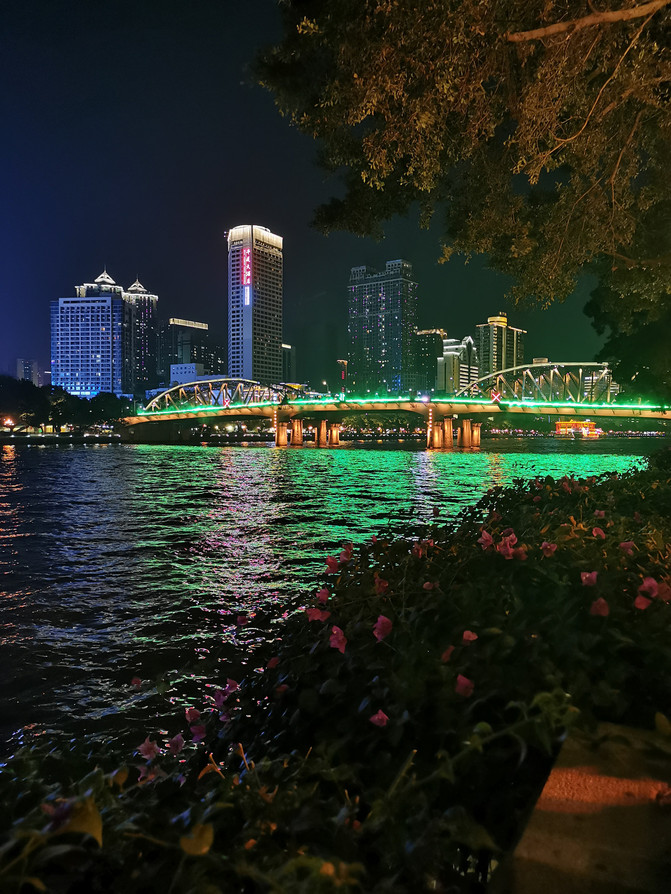
D2: 00 Dude Cantonese Morning Tea-Shishi Sacred Heart Cathedral-Chenjia Temple-Shangxiajiu Pedestrian Street-Shamian
At eight o'clock in the morning, we walked about 300 meters to another famous Cantonese restaurant, Diande Panfu Road. Dian du de is more approachable than Tao Tao Ju in terms of dining environment, price and exquisite dishes, but the pattern and taste of morning tea are still worth a try. Gold belly, crystal shrimp dumplings, rice noodle roll and specialty congee are all good choices. Out of the restaurant, the car is waiting for us to go directly to Shishi Sacred Heart Cathedral, which is the larger Catholic church in Guangzhou, the larger Gothic building in China and one of the four all-stone Gothic churches in the world. this church was once the governor's palace of Guang and Guang in the late Qing Dynasty. It was converted into a church by the invaded British army in 1863. The church spires are 58.5 meters high and magnificent, and the whole body is made of granite. On the front of the church is a pair of towering double minarets with four large bronze bells from France in the middle. It is said that visitors can visit the church at will during non-mass hours, but it is forbidden to take pictures inside the church, and non-Catholics can also participate in mass activities. Non-Catholics can also attend Easter, Christmas and other religious festivals when the number is small. The original opening time is Tuesday-Friday 8:30-11mm 14 30-1700; Saturday and Sunday 8:30-17:00, because the church of the epidemic is not open to non-believers at this time, we can only walk most of the circle along the fence to see the appearance. Chen Family Temple was built in the 14th year of Guang Xu of the Qing Dynasty (1888). It is a relatively complete and representative folk building in Guangdong at the end of the Qing Dynasty. when it was first built, it provided accommodation for scholars from all over the nation to go to Guangzhou to take part in the imperial examination. Enter the ancestral hall from the entrance and visit it in a broken line, and the viewing order is as follows: main hall (double-sided hollowed-out wooden screen door)-platform (stone-carved railing, cast-iron Tonghua railing)-Juxian Hall-back into the middle hall-Houdongzhai-front east wing, in the halls, corridors, courtyards, doors, windows, railings, roof ridges, brick walls, beams, shrines, etc. Can be seen everywhere wood carving, stone carving, brick carving, pottery, gray sculpture and other traditional architectural decoration, as well as iron casting technology, its vivid shape, rich colors. In addition to sculpture, painting is not to be missed. Thousands of paintings do not have the same style, and no two are the same. They all rely on the author's rich imagination and are worth reading carefully. Opening hours: 9:00-17:30 throughout the year (17:00 at the latest). Upper and lower nine pedestrian street is located in Liwan District of Guangzhou City (commonly known as Xiguan) Shangjiu Road, Xijiu Road, Shifu Road, more than 800 meters long, is a famous commercial street in the center of Guangzhou, it was built at the beginning of the 20th century, it is the product of the combination of southern European architectural features and Xiguan traditional architectural style, decoration is also integrated into the northern Manchurian decoration. There are numerous delicacies on the street. We chose Lao Xiguan's beef powder for lunch and bought a fruit to supplement vitamins. Finally, on the way to Shamian on foot, someone was attracted by Kopi Luwak, so he took a break to taste it. If you look at the map, Shamian should be an island in the middle of the Pearl River. There are more than 150 European-style buildings on the island, of which 42 are Neo-Baroque, Gothic, Stock Gallery, Neo-Classical and Chinese and Western buildings. The more famous No. 2-6 Shamian Street, commonly known as the Red Tower, used to be the Customs Foreign staff Club, three stories high, red brick masonry, and spire attics in the south and north. Imitate the 19th century English romantic architectural style. The streets of Shamian are also dotted with western-style street elements such as statues, pavilions, flower beds, wooden chairs and fountains, showing the European style of Guangzhou in the 19th century. in these buildings, there are some art and life halls, specialty restaurants, teahouses, bars and so on. This is a leisure place for local residents, and it seems to be a favorite dating place for lovers, with young children and old people enjoying their families everywhere, and Yiran square dancers. Lovers hugging each other with a smile and whispering.
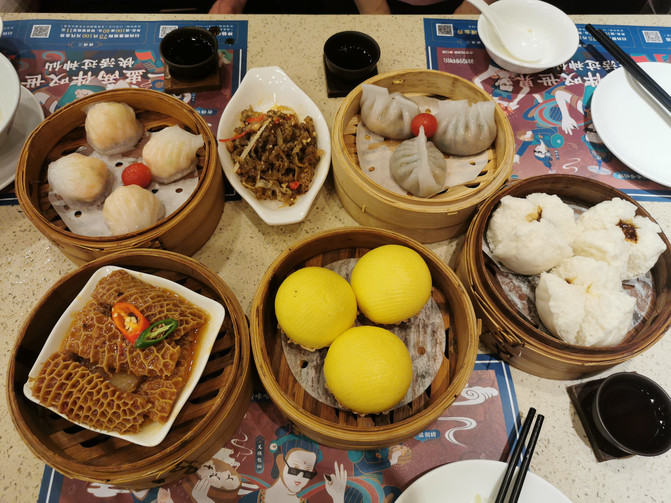
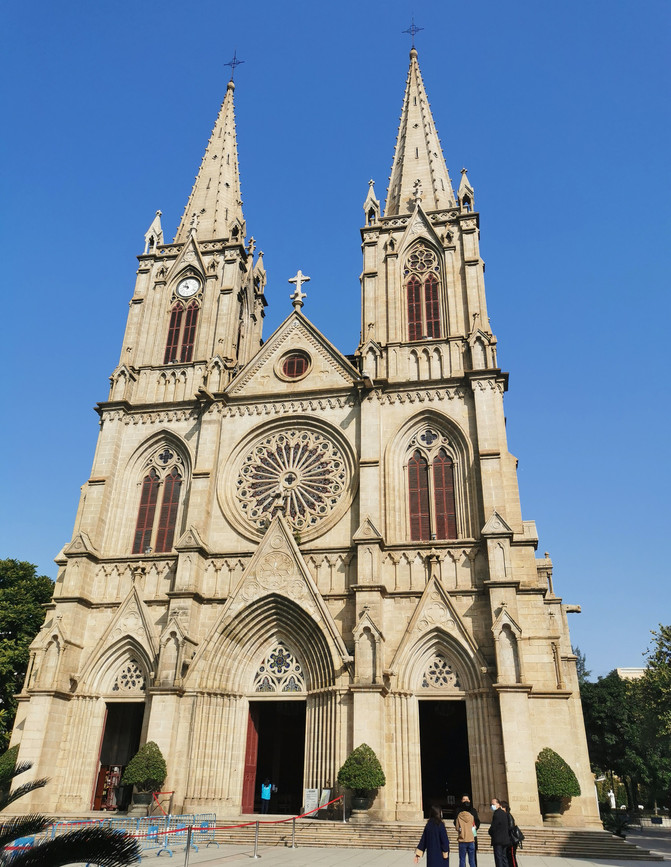
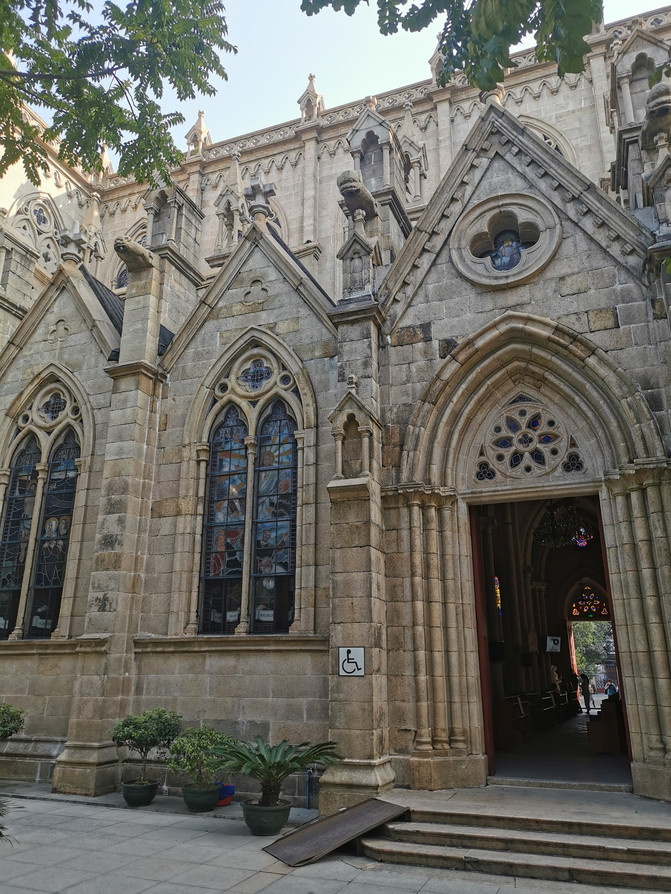
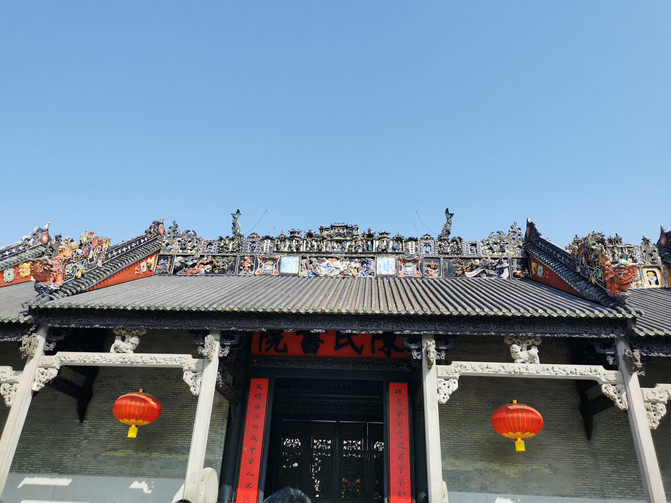
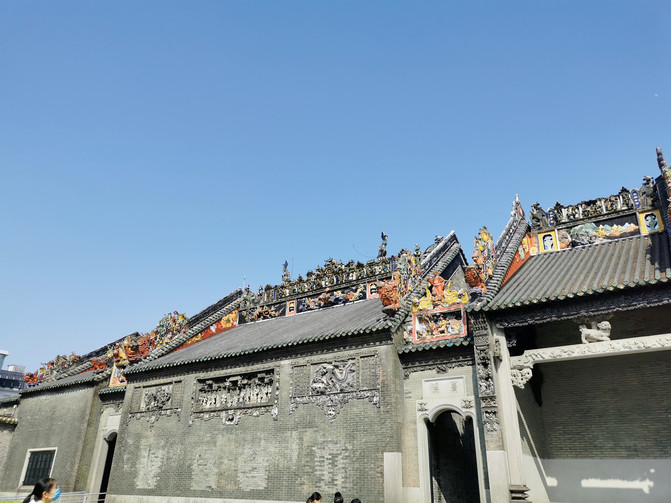
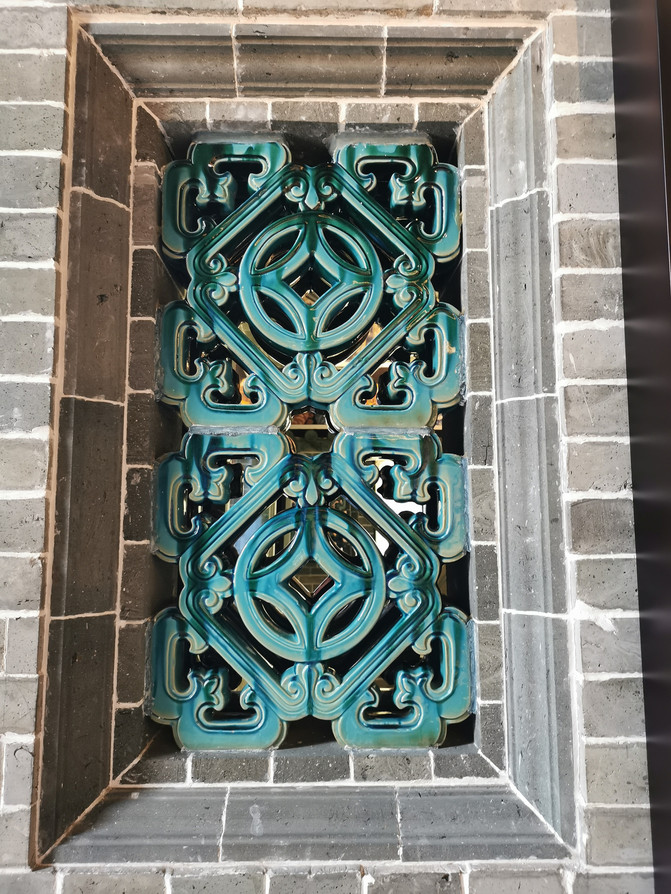
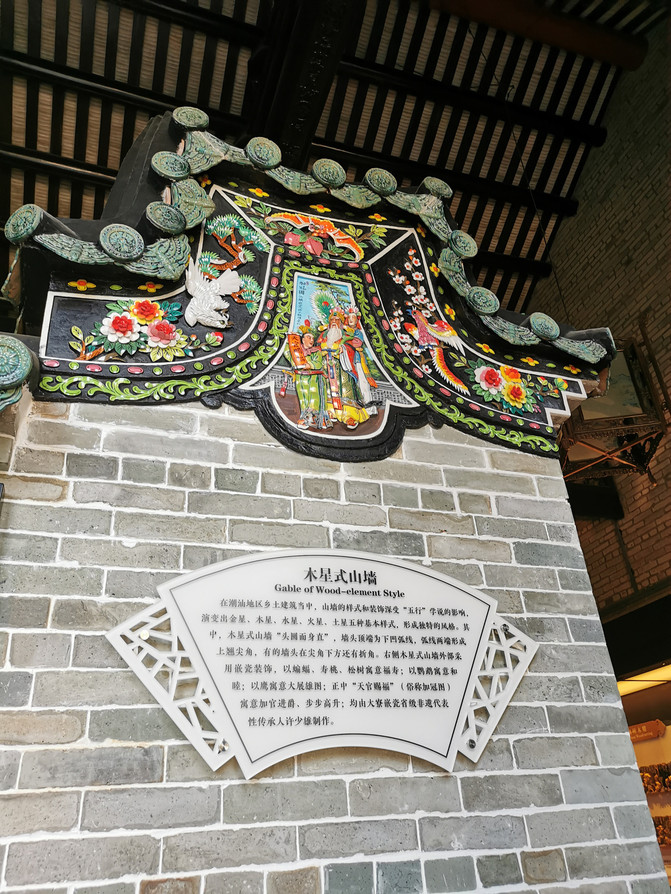
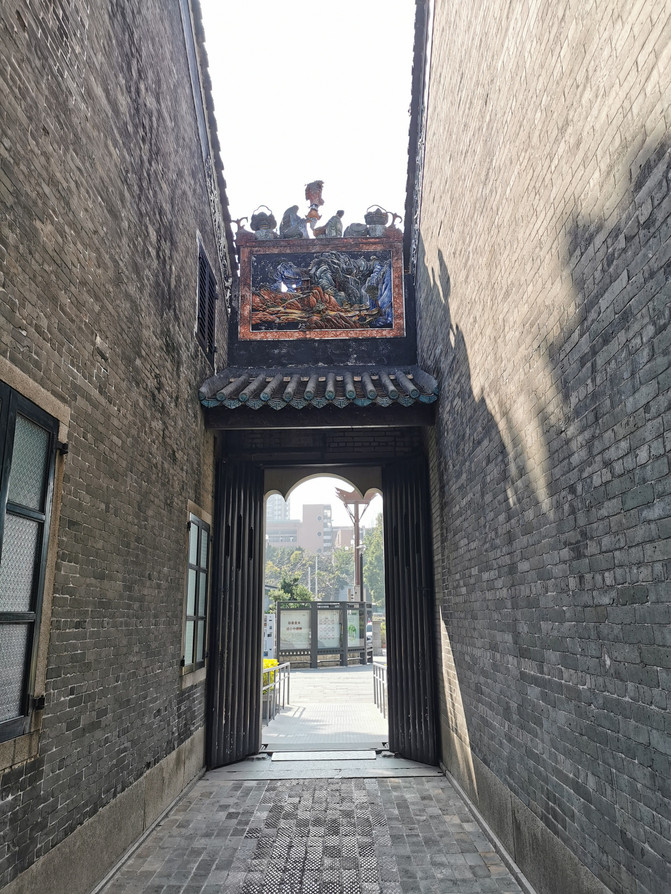
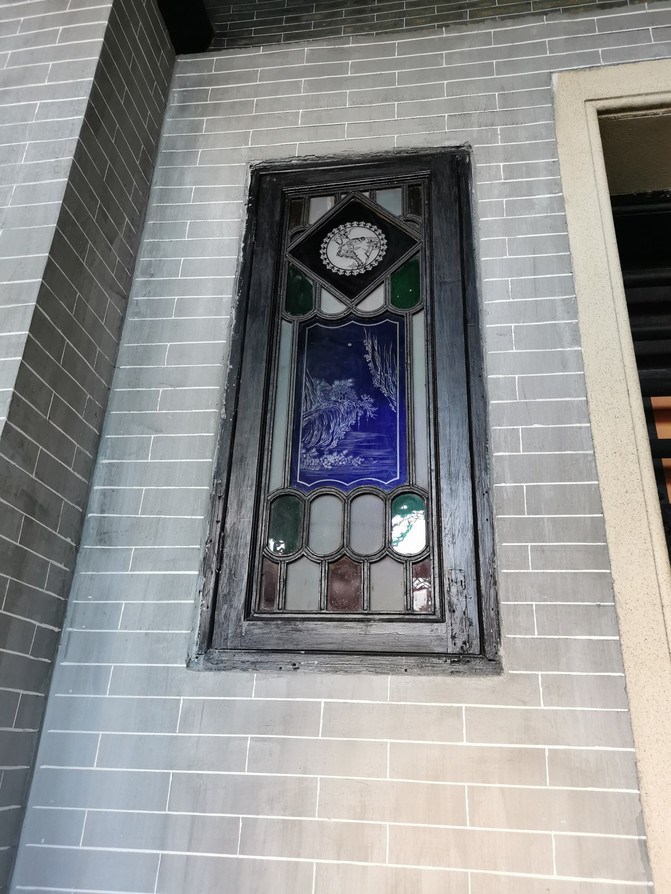
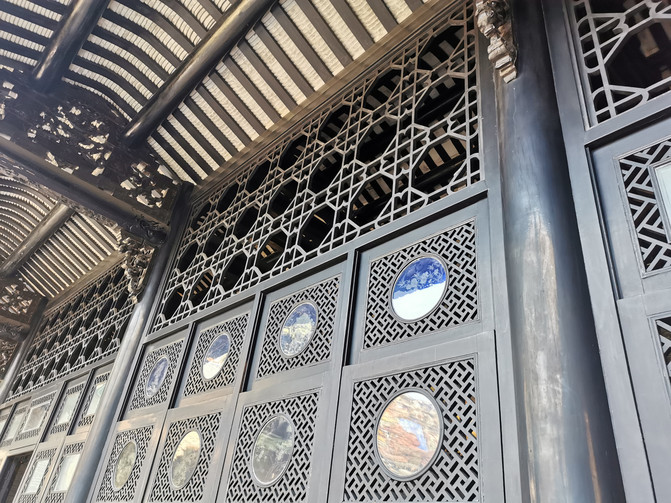


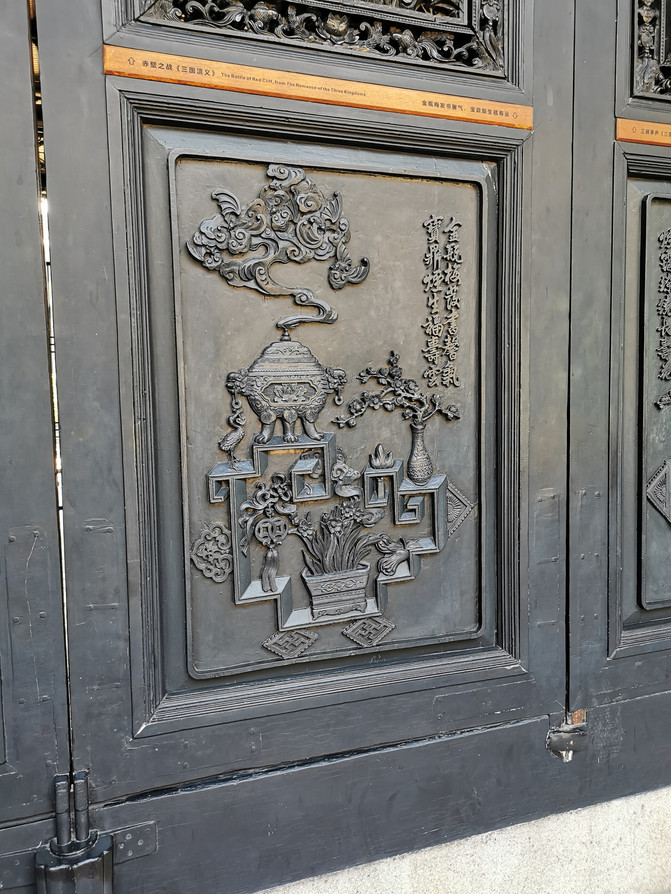
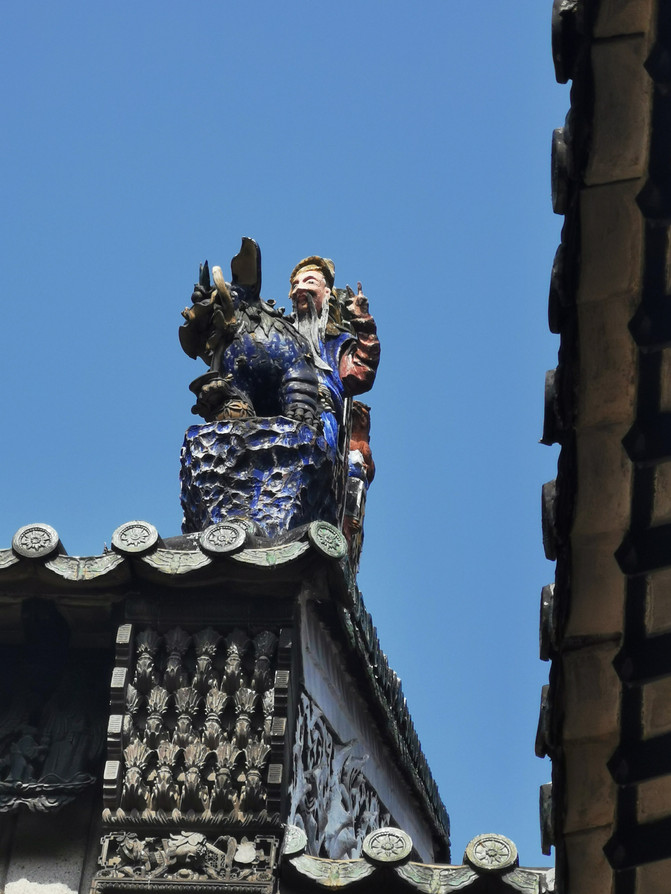
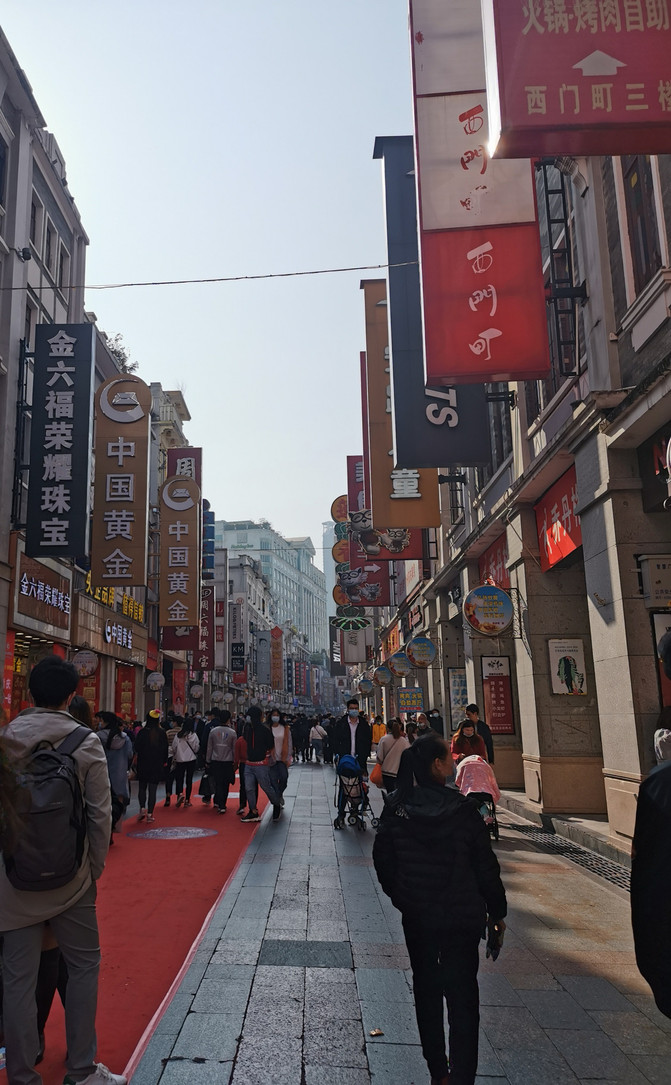
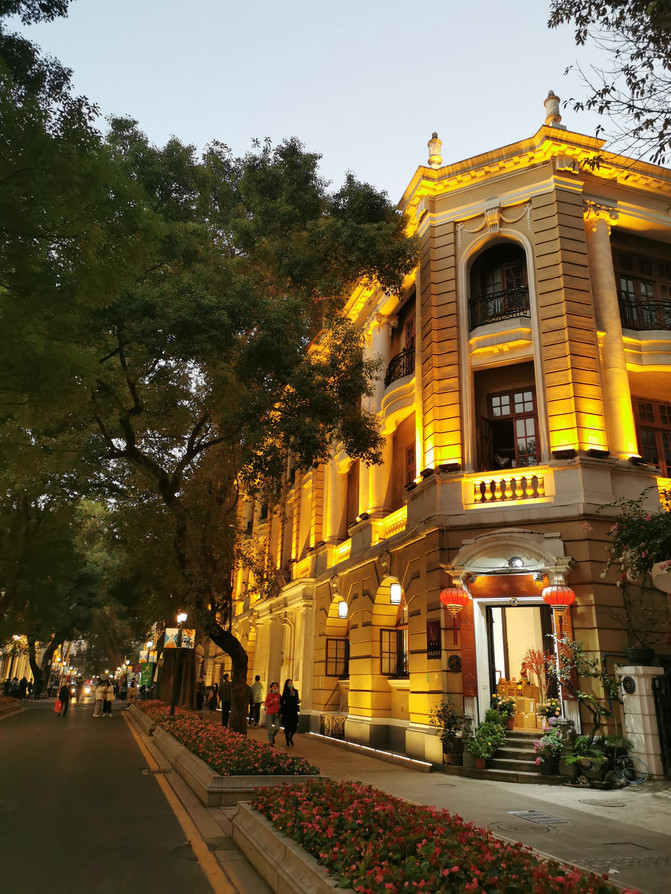
D3 Tao Tao Ju Morning Tea-Yuexiu Park-Yuanyin Mountain Room-Check-in at Foshan Feng Hotel (Shunde Daliang Qinghui Garden Branch)
Yuexiu Park is the largest park in Guangzhou, the most representative of which is the symbol of Guangzhou-Wuyang Stone carvings. the whole park consists of the main peak Yuejinggang and the surrounding sweet-scented osmanthus hills, wooden shell hills, carp hills and three artificial lakes in Beixiu, Nanxiu and Dongxiu. Dongxiu Lake can take a cruise. Dongxiu Lake can look at the TV tower. Nanxiu Lake overlooks Zhenhailou. There is a big lawn beside the lake, which is a good place for painting and sketching. Beixiu Lake has low shade, and there are flower pavilions, islands in the middle of the lake and Jinyuan (there are many koi in it). In addition to its own natural scenery, the whole park is also full of many monuments. There are mainly Guangzhou Museum (another 10 yuan), Sun Yat-sen Monument, Ancient City Wall, Ancient Sifang Fort and so on. The scenic spot can take a battery car tour, the cost is 10 yuan one-way, there are 3 routes to choose from. Line 1: the main entrance of the park-Korea Park-Jinyin Playground-Ancient City Wall-Guangzhou gallery-Zhenhai Tower-Wuyang Stone statues-Nanxiuhu-the main entrance of the park; Line 2: Yongya Mountain Room-Beixiu Lake-Park main entrance-Korea Park-Jinyin Playground-Sunset Red Square-idiom Fable Park-Yongya Mountain Room; Line 3: East Gate of the Park-Guangzhou gallery-Zhenhai Tower-Zhongshan Monument-Ancient City Wall-Dongxiu Paradise-East Gate of the Park. Opening hours: 6:00-22:00 all year round. There are many people doing morning exercises in the park in the morning, and we feel that we are as leisurely and peaceful as ordinary locals, but we should ignore the road and blindly look for the ancient city wall and Wuyang statues! When we turned out of the north gate, we suddenly found that there was a hotel next to us, and we didn't need a bullet train at all. Yu Yinshan House is a private garden built by Wu Bin in the Qing Dynasty. founded in 1866, it is one of the more exquisite four gardens in Lingnan and one of the four famous gardens in Guangdong. In its design structure, it fully takes into account the climatic characteristics of Lingnan, and its small, antique and detailed layout is full of artistic features, and every brick, tile, plant and tree embodies the architectural talent of this person. The open, pluralistic and pragmatic characteristics of Lingnan gardens are shown incisively and vividly, with the saying that "hiding but not revealing, shrinking the dragon into an inch", among them, the square pool between Shenliutang and Linchi Pavilion Lying across a delicate covered bridge called "Wun Hong Crossing Green", it is only 20 meters long, but it deduces to the extreme the sense of hierarchy between the vegetation pavilions on both sides, which can be called the finishing touch of the whole mountain house building. This Juren's love poem, such as life, is also reflected in the garden. It is said that "every door must have lintel, every scene must be linked", and his title "three bows and red rain feet, a corner of the shady sky with deep green clouds" is also described as a classic summary of Yu Yinshan house. Opening hours: 08:00-18:00 all year round. Lunchtime has passed since I came out of the mountain house, because I have to go to Foshan. I have a bowl of sparerib noodles for each person in a small noodle shop by the side of the road. 15 yuan per serving, the price is not expensive enough to say, the taste is very fresh and delicious! When we arrived at the Foshan Hotel, it was already dark, and when we went to the room to tidy up a little bit, we began to plan for dinner and finally chose Feiguang sashimi, which was relatively recent and special. When we followed the navigation to find Feiguang sashimi, we were all surprised. This is a small shop without a name, hidden in a deep alley, but the business is quite booming. By the time we arrived, it was already after eight o'clock, and the store was still full, and there were still seats outside. The cars nearby were also full, and people were coming one after another, and it was still very cold to wait outside at night this season, so we were finally able to sit down. We asked the shop assistant to order 128 yuan for one fish, sashimi, salt and pepper on fish bones, porridge for fish head and fish tail, and a small bottle of red rice wine, which is said to be a perfect match. When sashimi and wine came up, we were stupid! First of all, we thought it should be rice soup-like rice wine is clear and bright, like liquor, but fortunately the degree is not high. Secondly, a pot of sashimi and as many as 15 or 16 ingredients were placed in front of us, so we had to call a busy shop assistant to teach us how to eat. The shop assistant immediately brought a small piece of plastic paper with a detailed description of how to eat. It seems that rookies like us are often encountered in the store! As a curious baby, I hurriedly asked what could not be seen in the ingredients, so I poured each other a little wine and started, and this meal felt worthwhile. Red rice wine tastes special, different from ordinary liquor, very good taste, not intoxicating, there is no stamina, may not be my favorite taste to drink less. Sashimi is mixed with all kinds of ingredients, especially the light fragrance of lemon leaves, the taste is fresh and tender, the fish bones are crisp and fragrant, and the hot porridge removes the cold of raw fish. In short, I like this way of eating very much. If I can find safe fresh fish, maybe I can try to make it myself.



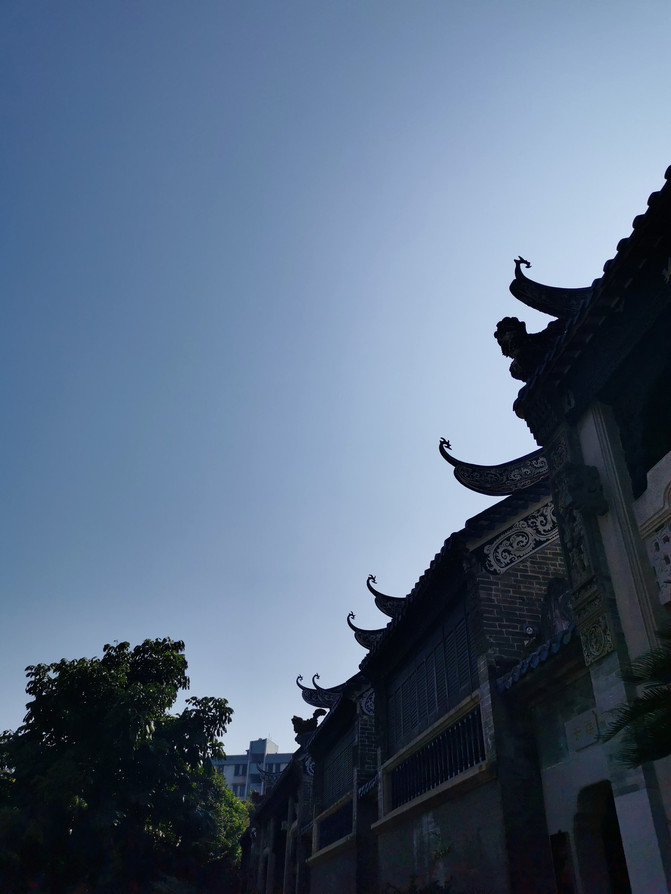

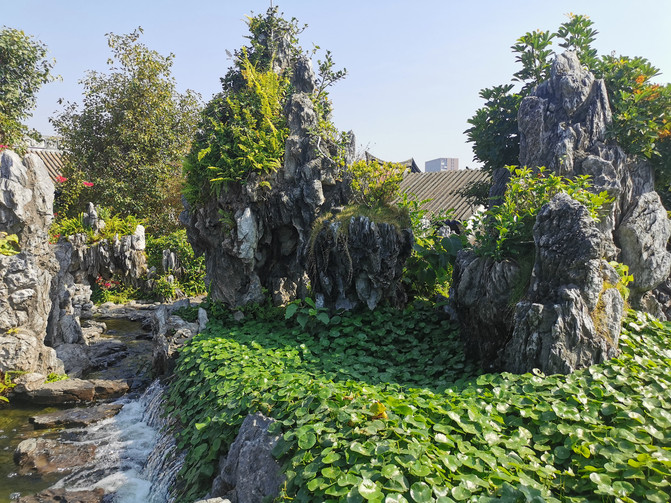
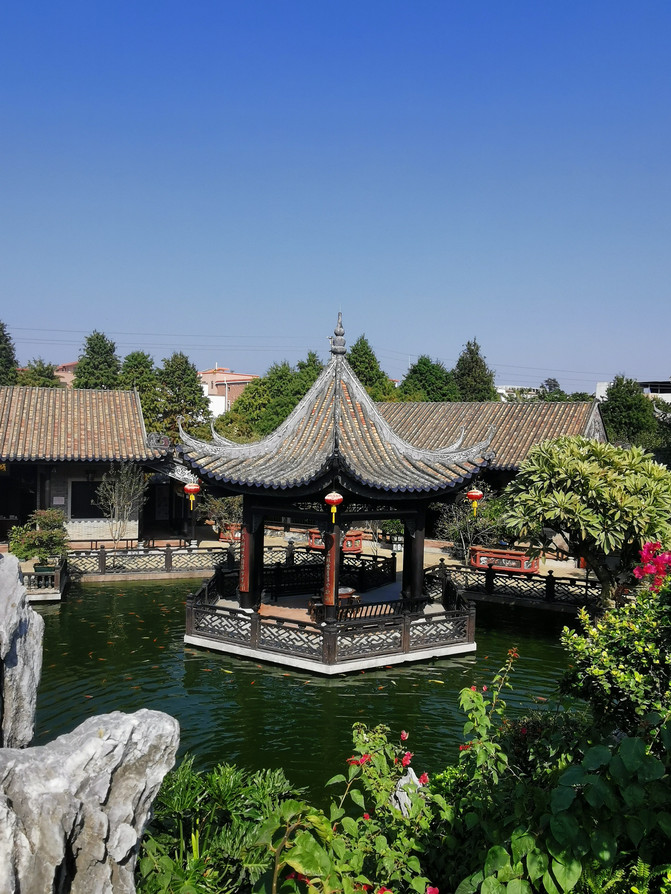

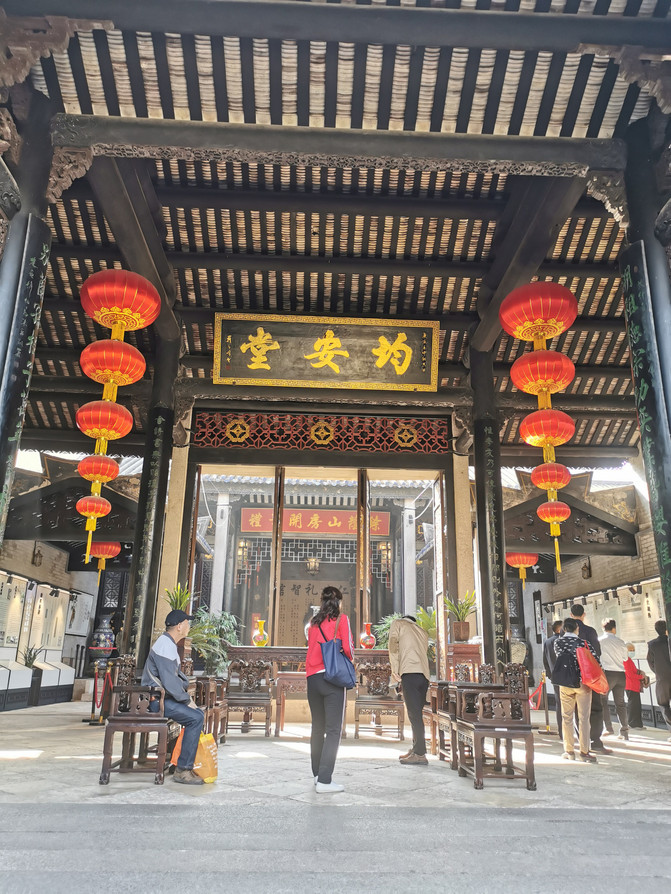

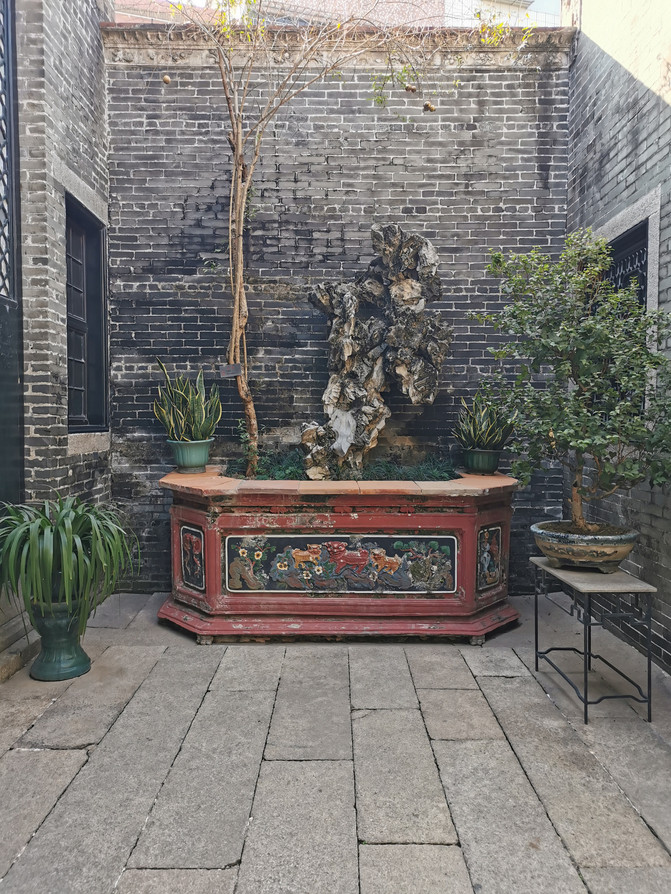
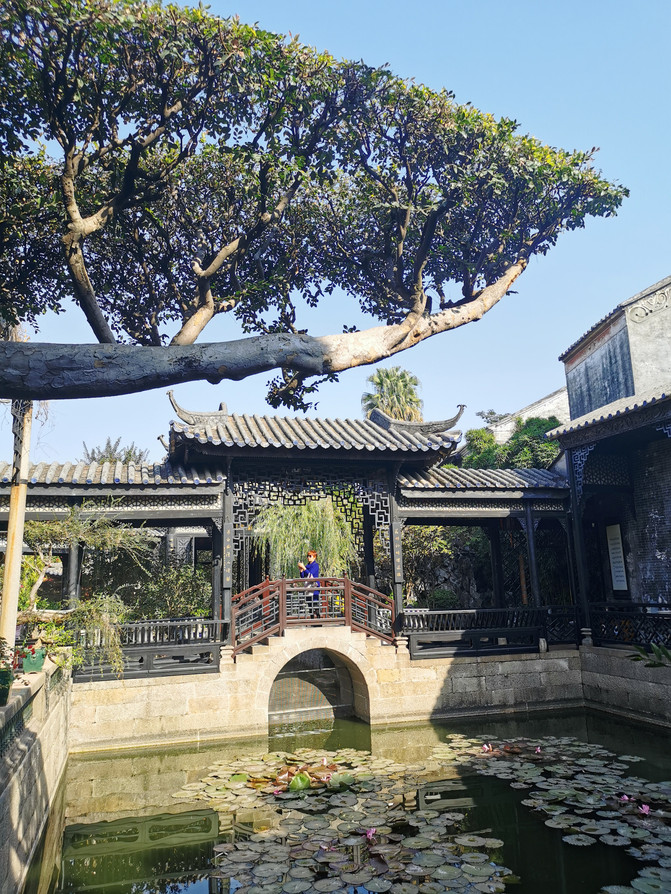
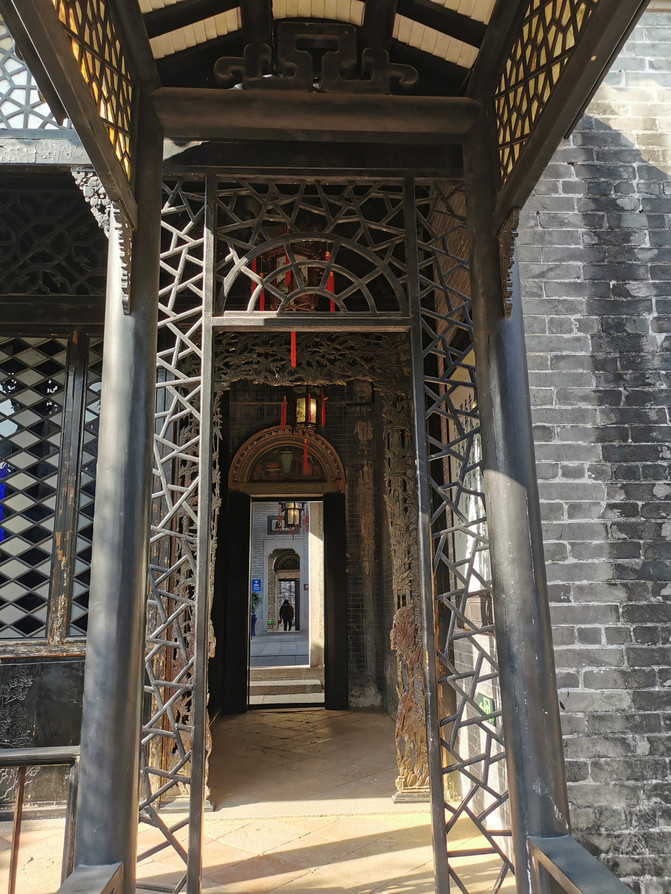
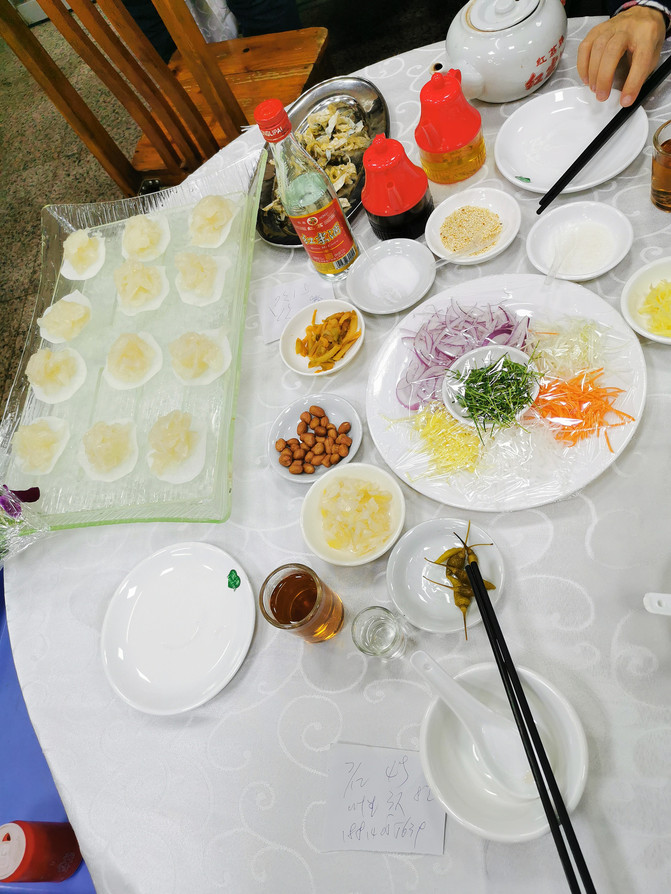
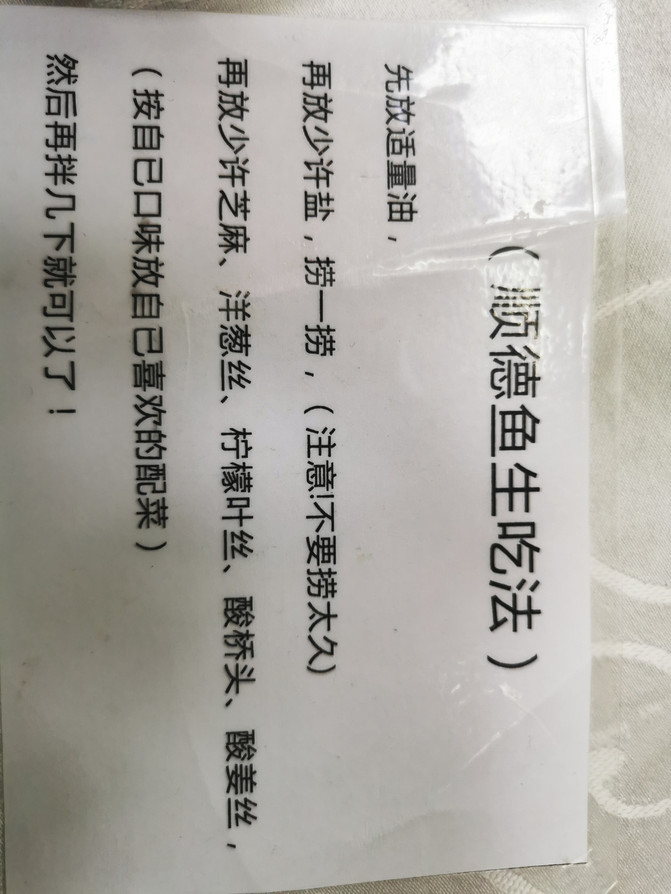

D4 Qinghui Garden-Ancestral Temple-Lingnan Tiandi
Today's morning tea made people laugh. We drove to the Weikedao food shop (Fuji Road shop). There was a lot of passenger flow. There was almost no empty table in the sizeable storey. It was easy to find the empty table, and the waiters didn't have time to greet them. Far from being greeted and asked for refreshments two days ago, I had to make Kungfu Tea myself. I finally got someone on the menu to read and read "Mazu chopped meat pie". With little comment, she suddenly said,'I haven't eaten a cake for a long time. 'then when I saw the "cake", the three of us froze for half a minute, then looked at each other doubtfully, and then laughed! It's a plate of steamed meat flattened into a cake and served in a shallow dish! The morning tea that day should taste good, but in the end, I only remember this "cake" that no one wants to eat, so when I encounter a "cake" in Guangdong, please choose carefully! Qinghui Garden is located in Qinghui Road, Shunde District, Foshan. It is also known as the four famous gardens in Guangdong along with Dongguan Keyuan, Foshan Liangyuan and Panyu Yuyin Mountain House. The word "Qinghui" takes the meaning of parents' grace, such as Nikko and Xi. The scenery of the whole garden revolves around a pool of clear water, including rockery, bridges, pavilions, ginkgo, wisteria, longan, Longshun jujube and other landscape buildings. The koi in the stream is also very fat. Looking at the water color and garden scenery in the Chengyi Pavilion, Bixi Caotang sees a short picture of "Baishou". The decorative details in the park, such as ceramics, gray sculptures, wood carvings, glass, etc., are also worth savoring carefully, especially brick carvings and stained glass. "hundred Birthday Bun with Bean Paste Filling" is even more exquisite wood carving. Opening hours: 8:30-17:00 in Qianyuan. It is already afternoon out of Qinghui Garden, and not far from the exit is the "Minxin Old Shop". We have double-skin milk, ginger milk and all kinds of stewed milk that we have in mind. We have ordered different flavors of milk and some snacks, all of which are very good! The ancestral Temple is located in the center of Foshan City. It was built in the Yuanfeng period of the Northern Song Dynasty, and then gradually became a temple building with complete system and strong local characteristics. It is a postcard of Foshan. Including the ancestral temple ancient construction group, Confucius Temple, Huang Feihong Memorial Hall, Ye Man Hall and so on. After entering the gate, along the central axis, from the south to the north are Wanfutai, Jinxiang Pool, Sanmen, Front Hall, main Hall, Qingzhen Building and other buildings, these buildings are very distinctive. Jinxiang Pool is located in front of the third door. its secret is that craftsmen use visual difference to make the original trapezoidal pool look like a rectangle. The next three doors are the main entrance of Lingying Temple, thus entering the main body of the ancestral temple. There are many precious works of art on display in the main hall of the ancestral temple, such as weapons, iron walls, giant bronze mirrors, large bronze tripods, bronze bells and incense burners with a diameter of 1.31 meters. Its architectural decoration uses a large number of ceramic sculptures, wood carvings, brick carvings, gray sculptures and so on, which is of great historical reference value. In addition to the traditional architectural decoration, another attractive point of the ancestral temple should be the exhibition of martial arts in Foshan, where there are Ye Man Hall and Huang Feihong Memorial Hall. Ip Man Hall collects precious photos and letters from martial arts guru Ip Man, while the Huang Feihong Memorial Hall, located to the north of the three gates of the ancestral temple, not only contains his life, but also displays novels, movies, plays and even cartoons about him. There is also a real-life photo of Huang Feihong and "thirteen aunts" in the museum. Opening hours: 8:30-1800 July 1730 stop selling tickets. Lingnan heaven and earth is next to the ancestral temple, there are a large area of Lingnan houses in the late Qing Dynasty, including precious historical buildings, such as Jane's Villa, Longtang Poetry Society and so on. Wok ear walls, green brick houses, slate roads, carved eaves, winding streets and alleys, all of which are of great symbolic significance. There are a lot of shops along the street, such as coffee shops, ceramic shops, literature and art grocery stores, etc., which coexist harmoniously with these old houses and have been built into a cultural and leisure district by the government. We stroll in the beginning of the lights, in the neon light, slowly explore the attractive food and art shops along the street, very interesting. Seeing the long-lost "rice porridge", I hastened to invite my companions to dinner, which is a hot pot restaurant with rice soup as the bottom, with light taste, seafood and aquatic products are the main ingredients, very distinctive!
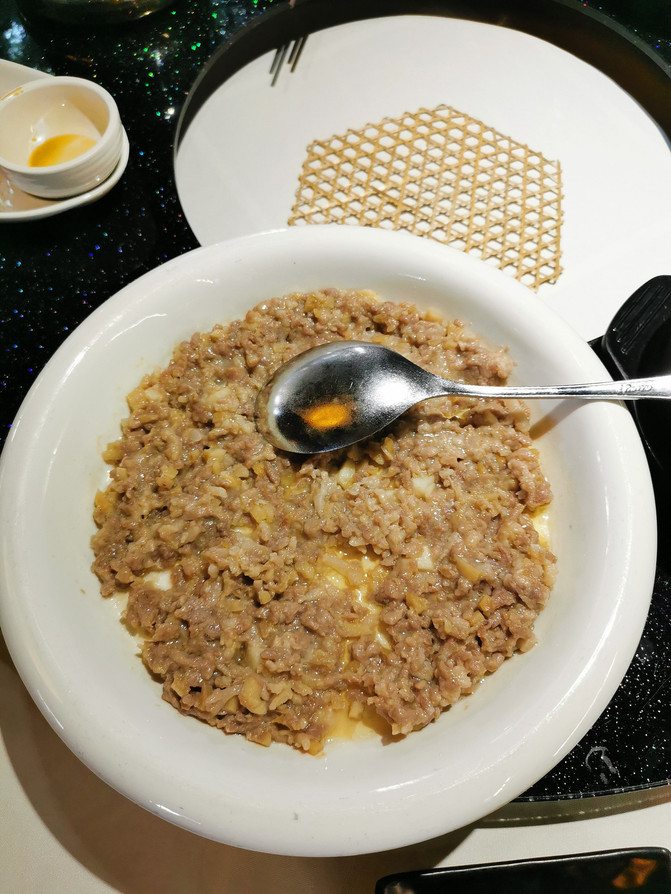


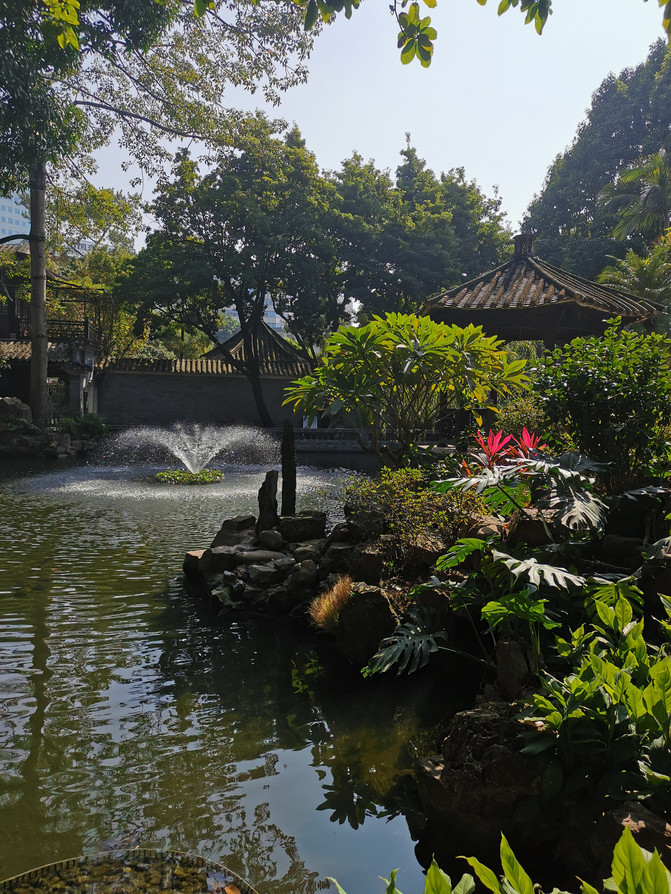
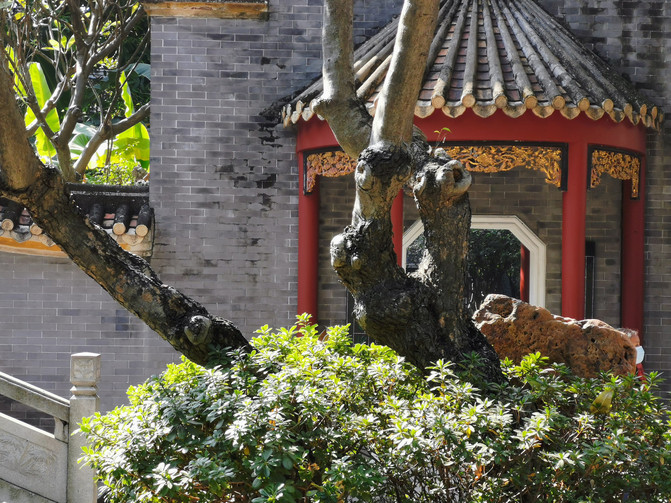
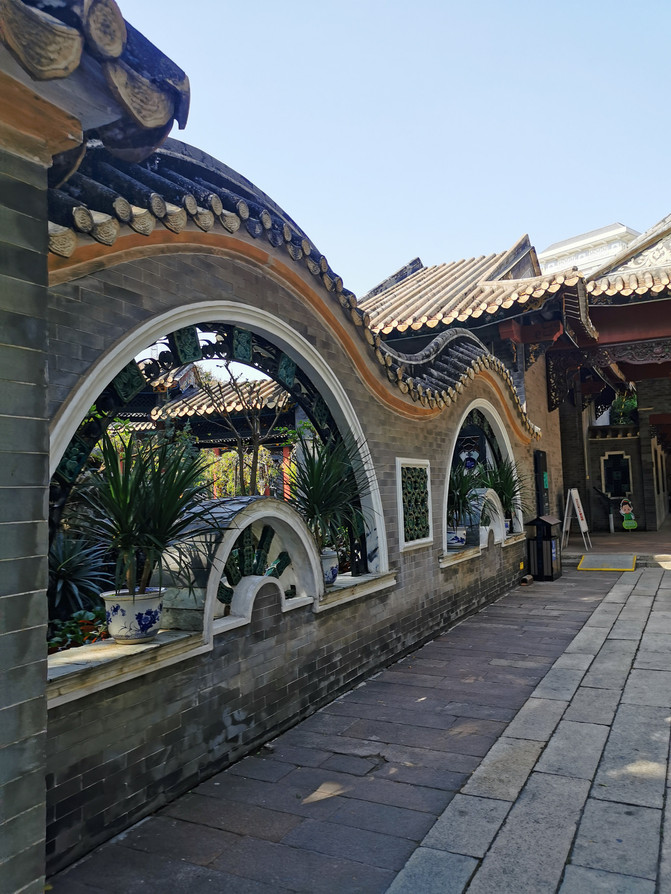
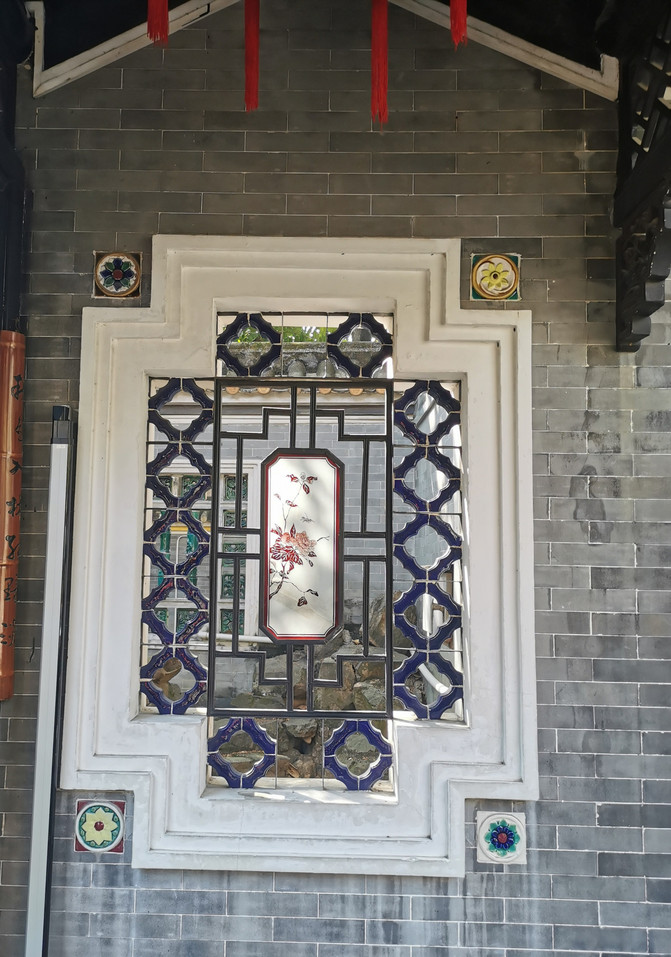

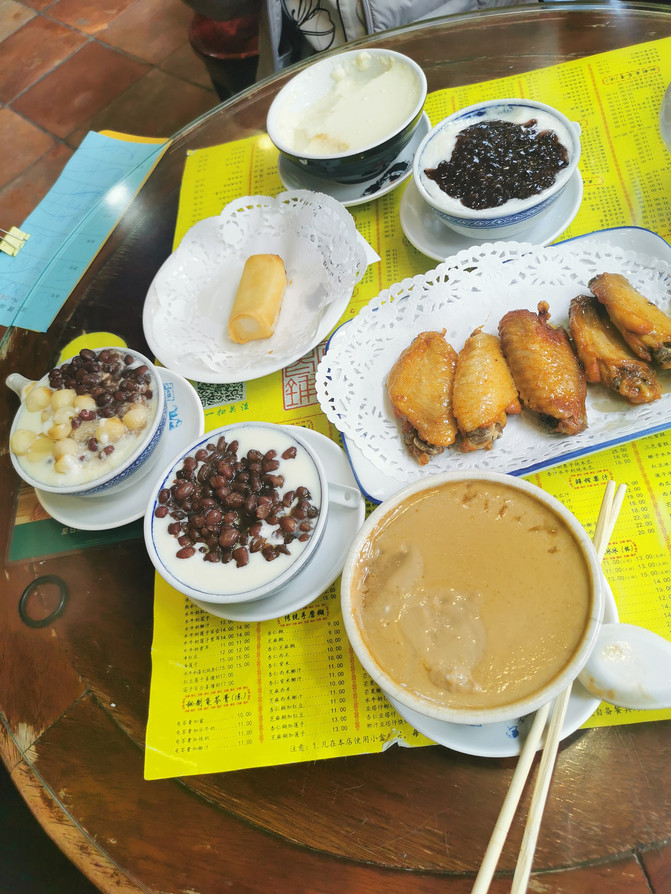
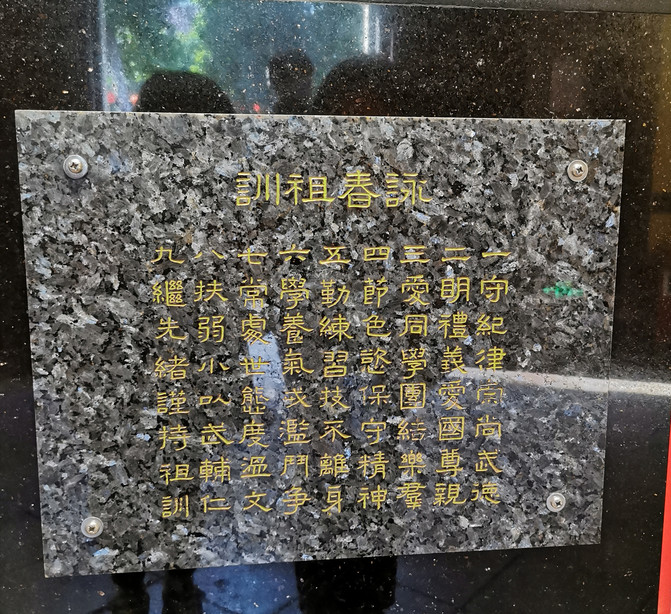
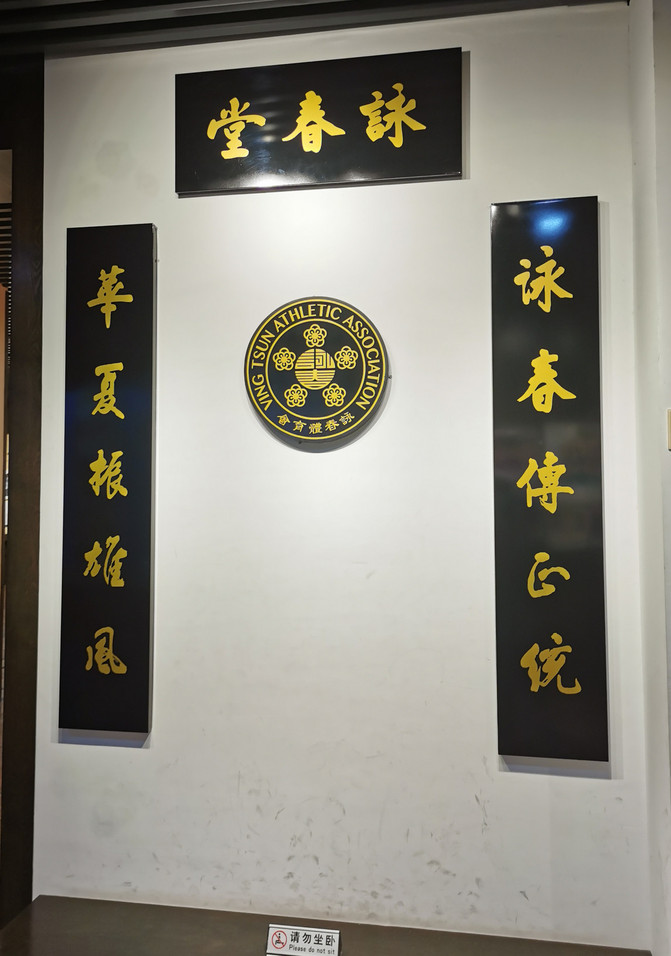
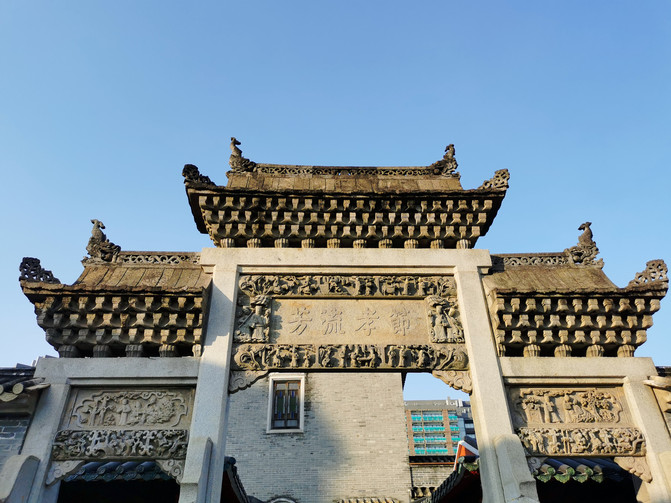
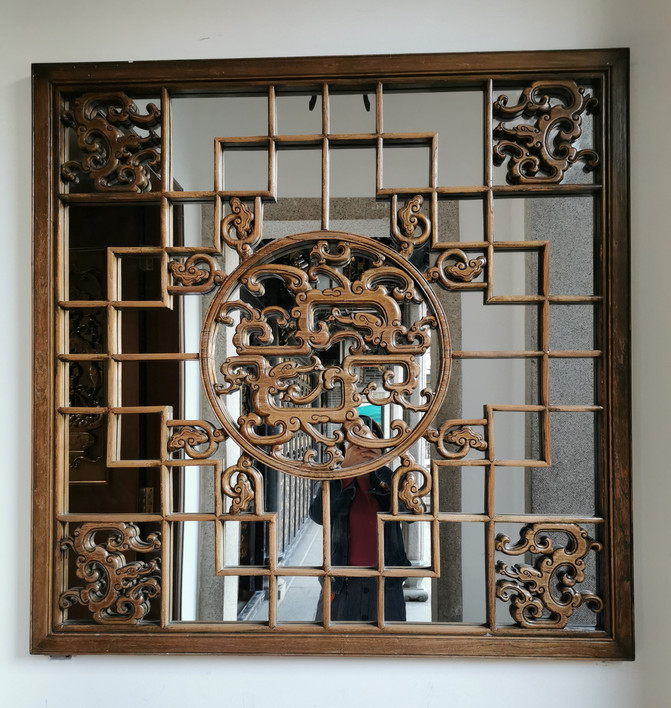
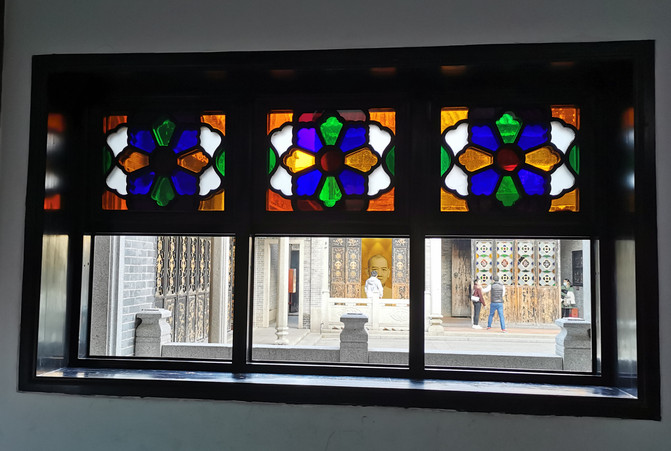
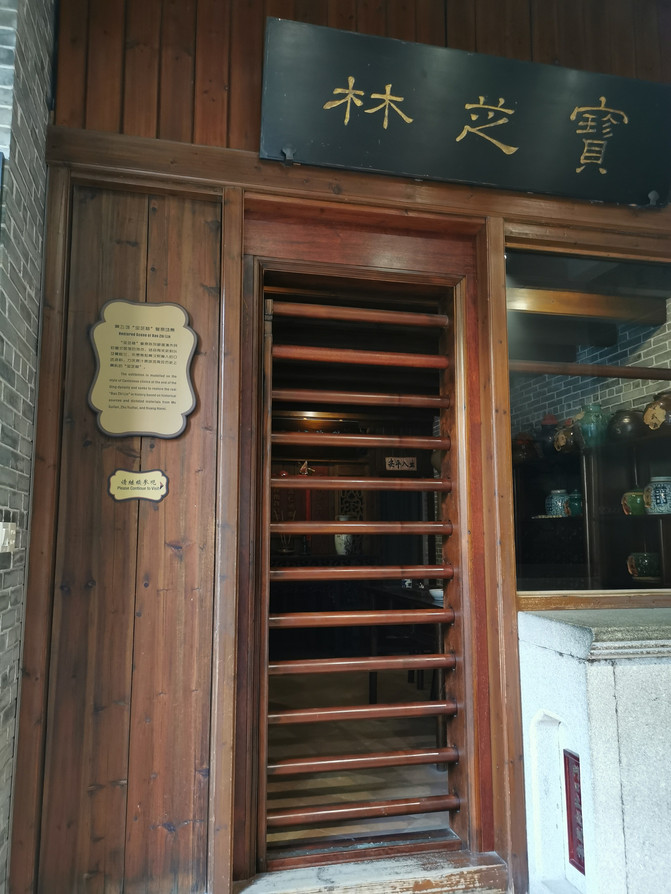
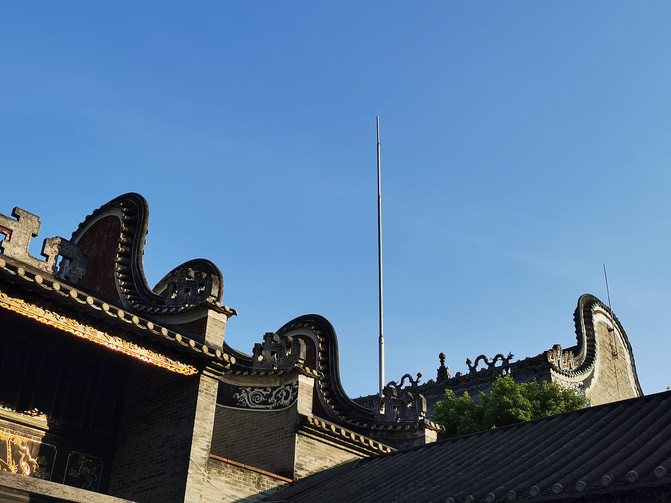
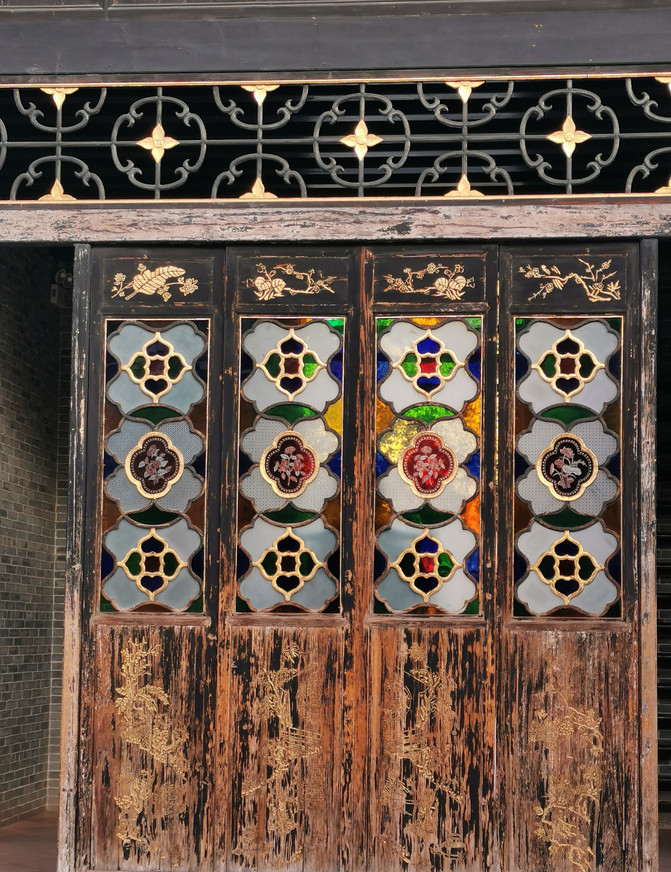
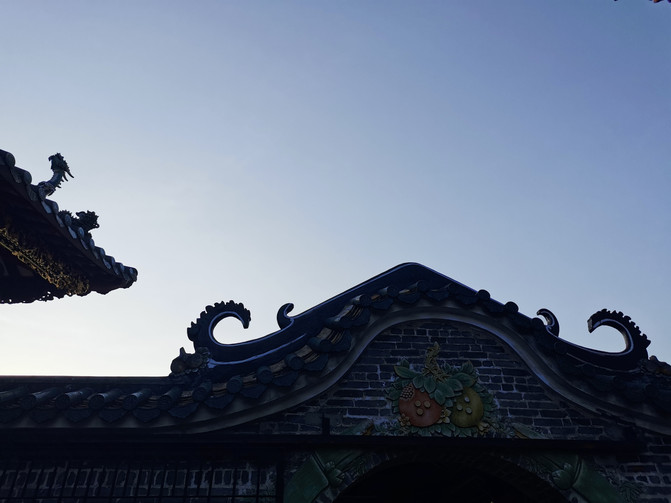

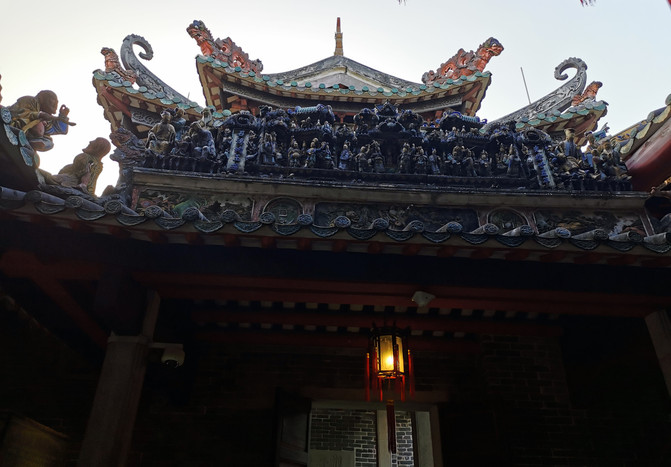
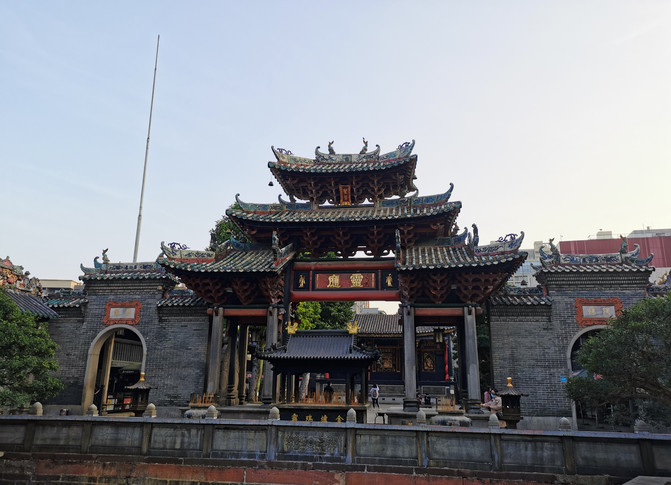
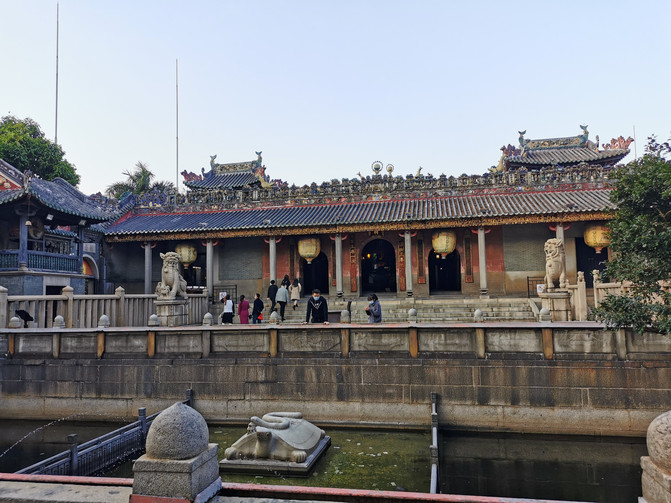
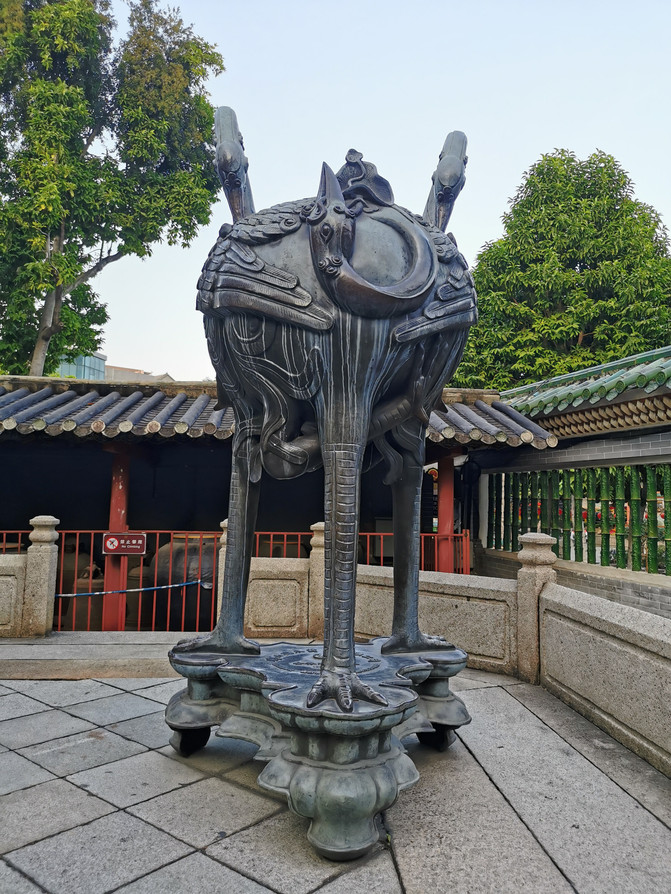
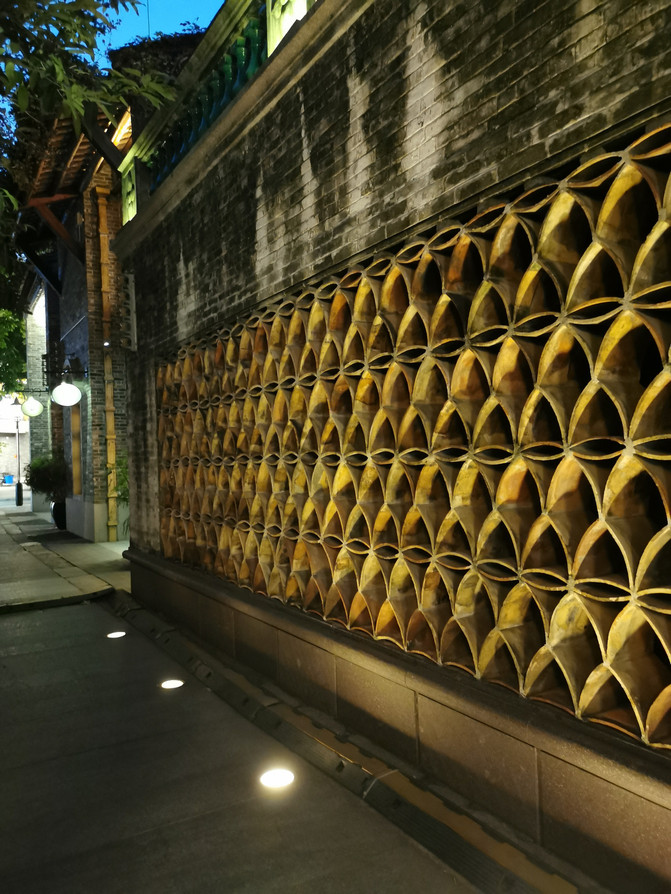
D5 Nanfeng Ancient Kitchen-Dongguan Yuehui Garden-Dongguan Check-in
The morning tea in Shunde's restaurant is ordinary, but the dishes and wonton are good. Nanfeng ancient stove is located in Shiwan, the famous pottery capital of Foshan City. It has a national first-class ceramic art museum, a ceramic park where the world's largest ceramic figure sculpture "Pottery Girl" is located, an interesting ceramic street and an oasis peacock garden with thousands of peacocks. In the ceramic art museum dominated by the Nanfeng ancient stove, visitors can get a close look at China's 5,000-year-old ceramic culture, in which the well-preserved porcelain kiln stove has been uninterrupted from the Ming Dynasty to the present, and it is still regularly opened to burn porcelain. Two rows of ancient stoves extend from the bottom to the top, and many local ceramic artists have opened studios here to burn their own works in the ancient kiln. In the process of lingering in the ancient stove, I saw many interesting skills, among which Xiangyun yarn impressed me deeply. Xiangyun yarn, also known as "Xiangyun yarn", is a silk fabric dyed with plant dye potato buttercup. It is the only silk fabric dyed with pure plant dyes in the world, and it is known as "soft gold" by the textile industry. It is cool and soft, good color fastness to sun and water washing, easy to wash and dry, non-stick to the skin, light and thin, not easy to wrinkle, durable, suitable for hot summer. During the Yongle period of the Ming Dynasty, it has been exported to foreign countries and has been exported to Europe and the United States, India, Nanyang and other places. Probably because the color is dark, it belongs to the dignified atmosphere, and is praised as "black shining pearl" by overseas people. The sericulture and silk reeling industry in Shunde has a long history and is known as the "Silk Capital of the South". It has completely preserved the dyeing and finishing skills of Xiangyun yarn. On July 6, 2011, the former AQSIQ approved the protection of geographical indication products for "Xiangyun gauze". Opening hours: 08:30-17:00 throughout the year (16:30 at the latest). Yuehui Garden is the largest classical private garden in China and a representative work of Lingnan gardens. The eastern and western scenic spots take a 2,000-meter-long Dongjiang River waterway as the axis, flanked by simple and natural buildings, such as Tailai Tower, Nanyun Hall, Tianxiang Yunwai, Yuehui tea house, and so on. The northern and southern scenic spots span the middle of the river, followed by Dongzhengmen, Baiyahuichun, and Yuelou. Among them, the tower is the main building in the park, magnificent. After entering the scenic area from Dongzhengmen, you can see the most important scenic spot of the whole Yuehui Garden. It is the largest brick sculpture in the country. It is said to have taken 16 million bricks and took two years to complete. The main body of the brick carving is a giant bat king, and four other small bat kings hover around the bat king, symbolizing the five blessings. There is a Cantonese Opera Museum upstairs in Nanyun, which introduces the development of Cantonese Opera. Opening hours: 08:00-18:00 all year round (stop selling tickets at 17:30) like the feeling of lingering in the ancient stove lanes. When we got to Yuehui Garden, it was only 40 minutes before the park was closed. We rented an electric sightseeing bus after watching "hundred bat Huichun" hurriedly in the morning. The car rental fee is 60 yuan per hour. We drive around the park and watch the flowers. It may be close to the park, not on weekends. In the garden, we only met a couple and a couple of would-be newlyweds shooting the wedding dress, the empty and quaint garden, some withered vegetation in winter, and the rapidly darkening sky, which made us feel perturbed. We hurried back to the main scenic spot and drove back. When we saw that we were too excited to wait for our car rental master, we ignored the steps in front of us and drove down directly. Fortunately, we were just jolted violently and startled. Don't brag about your driving skills anymore! Dinner Dongguan people's restaurant to drink a little wine pressure shock, Hakka brewed tofu is good.
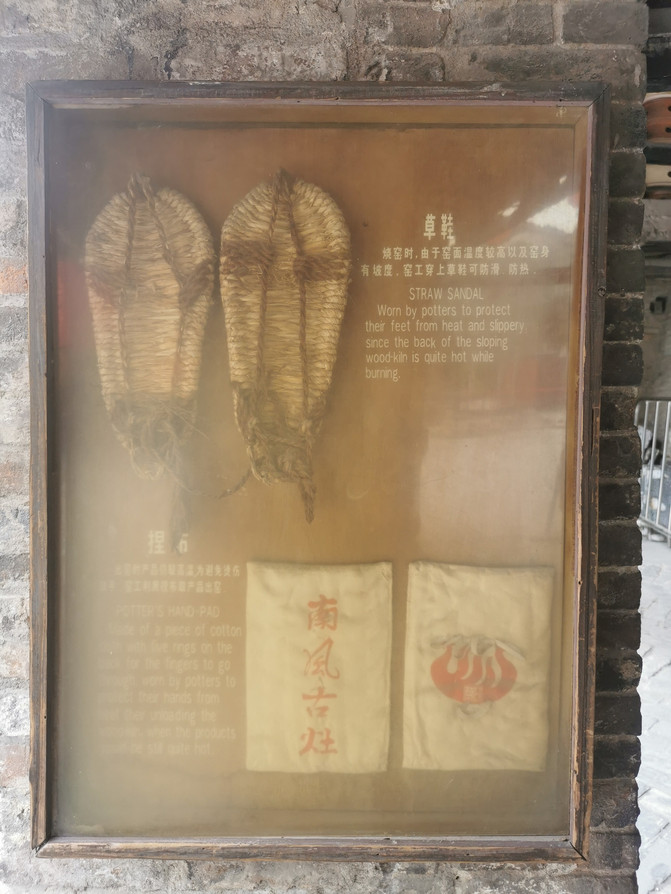
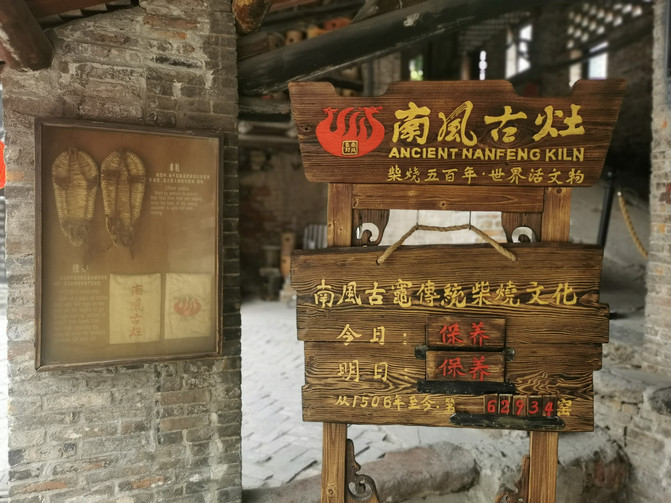
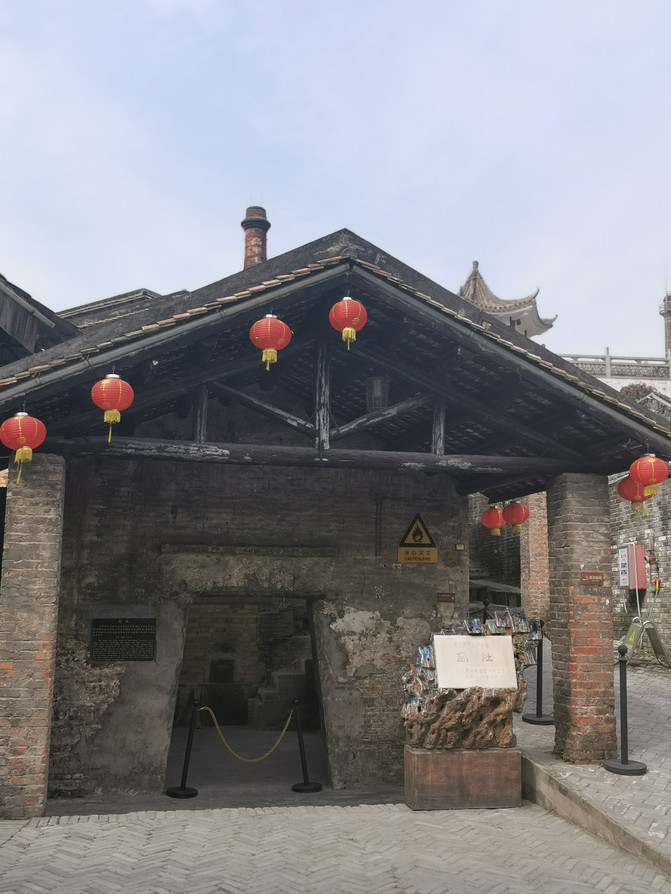
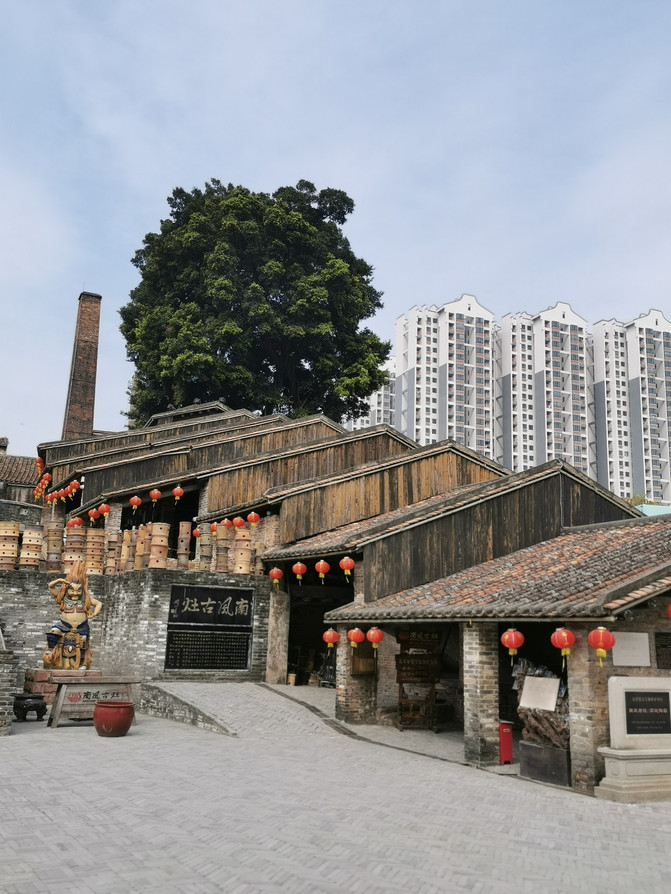
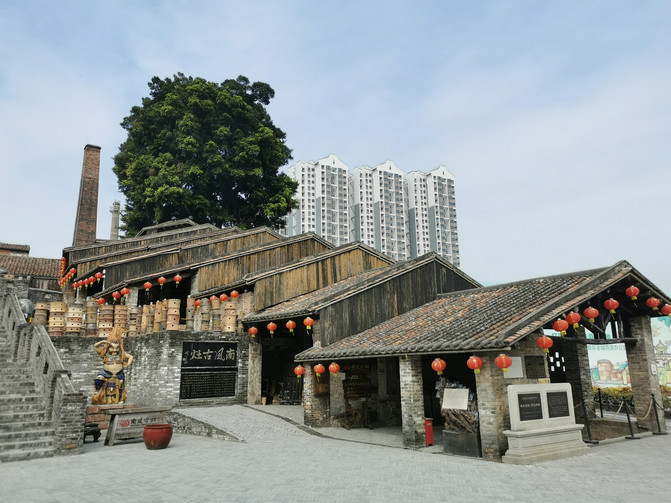
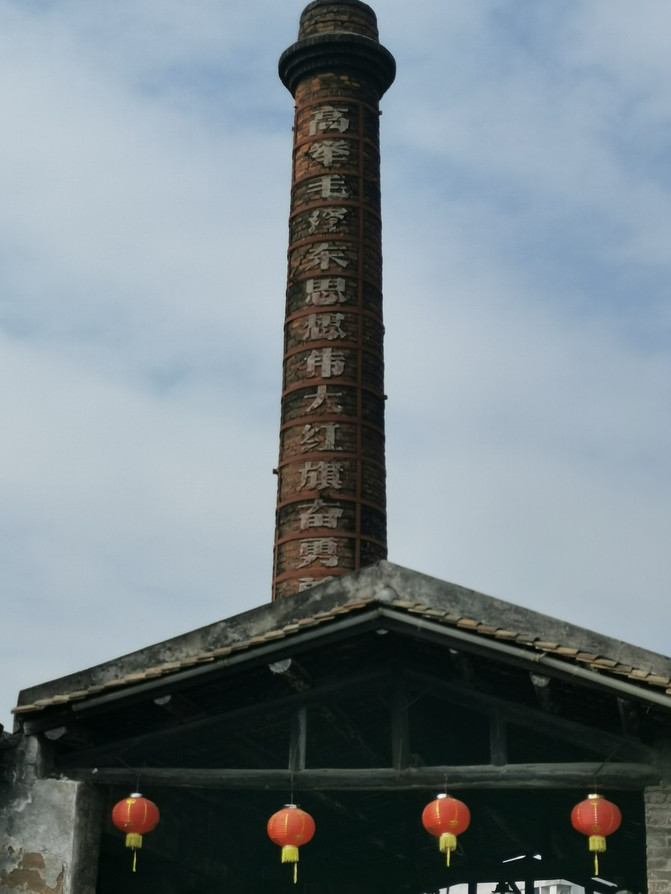
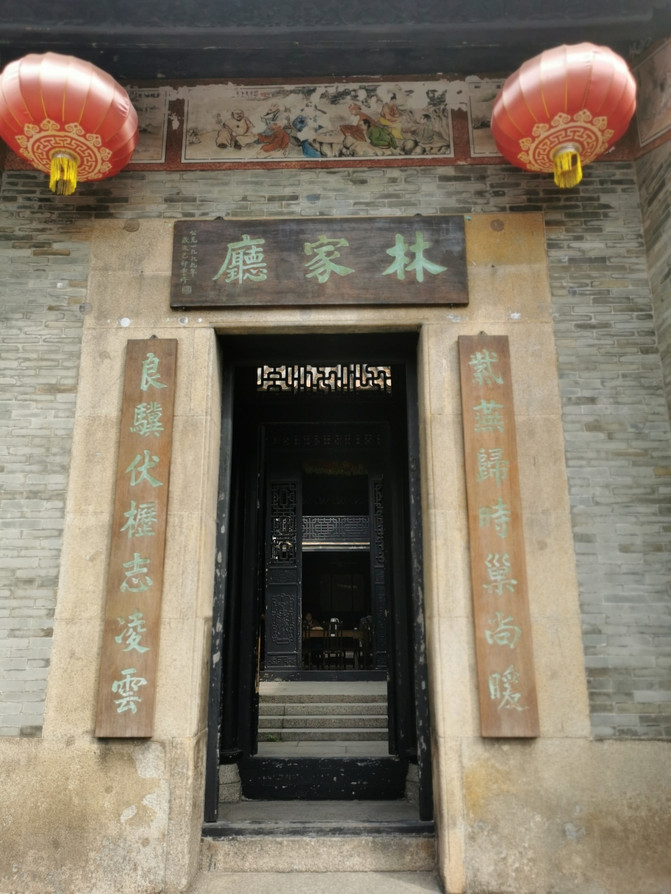


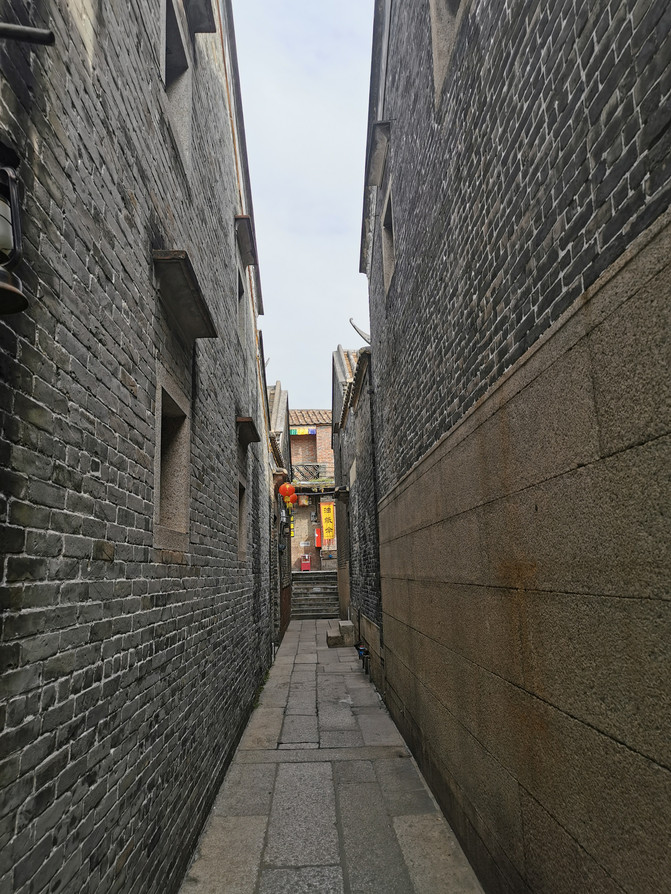



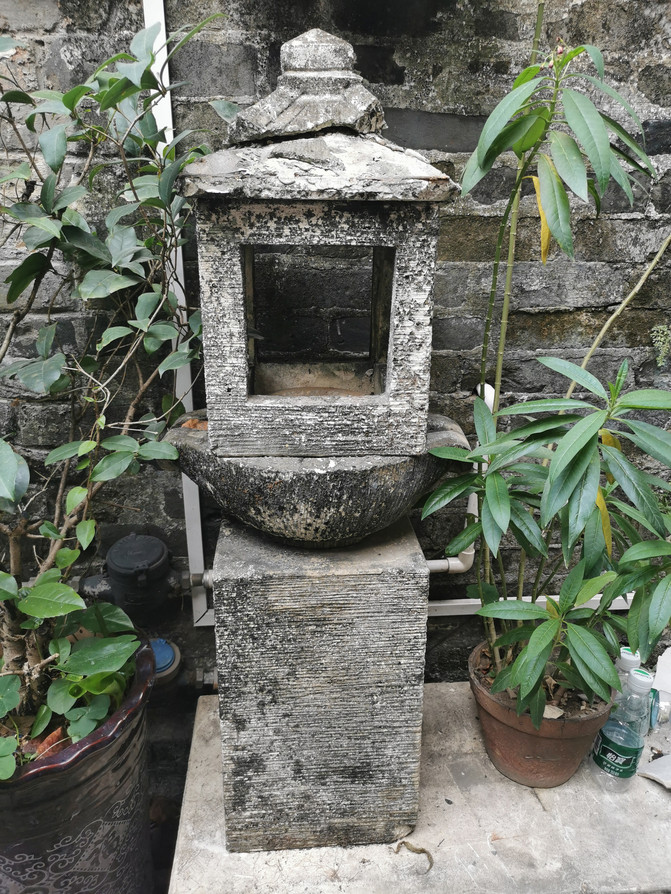

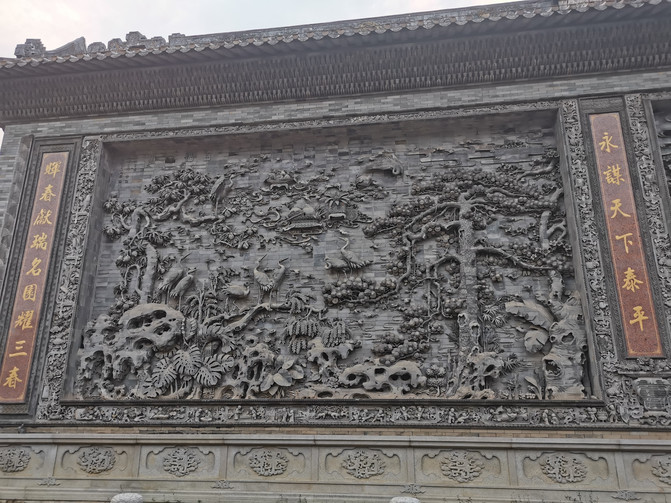
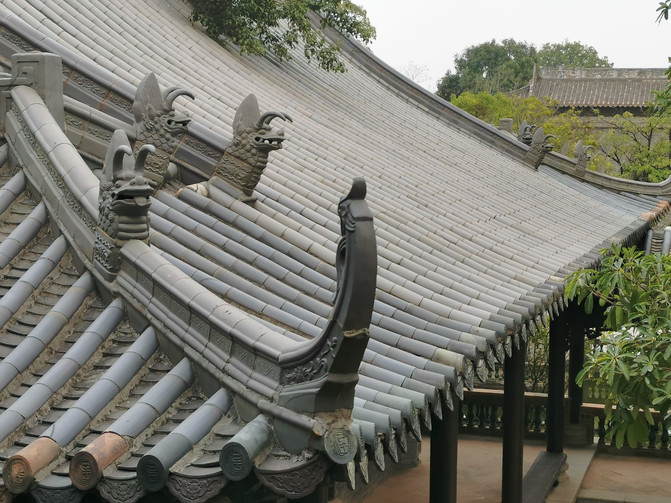
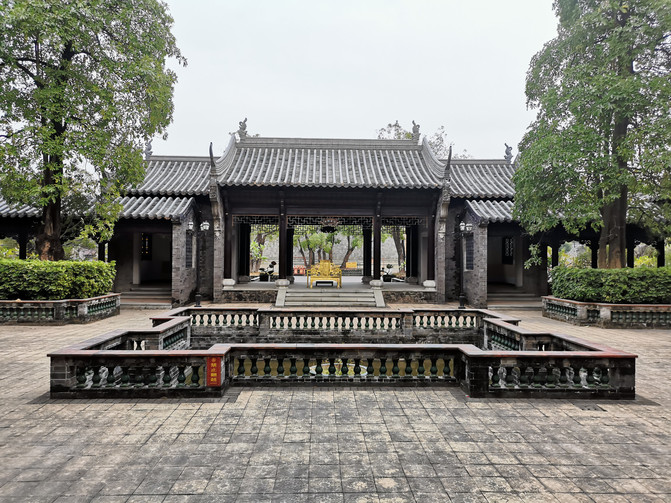
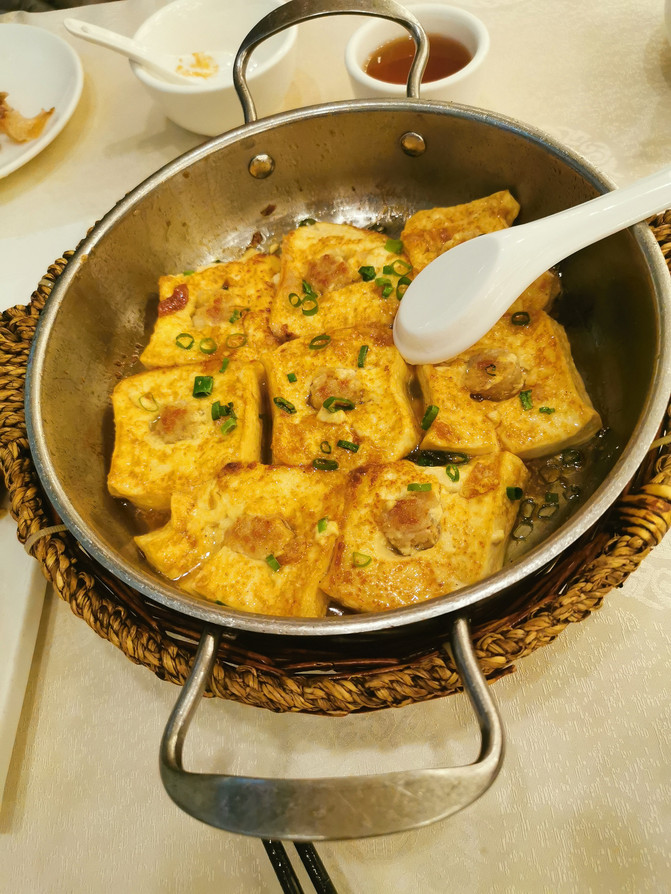
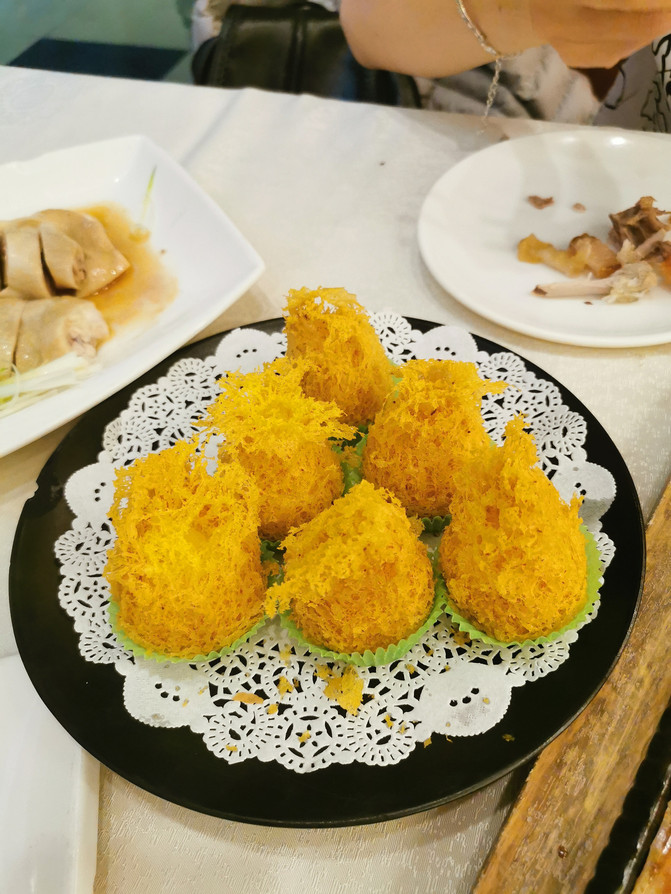
D6 Nanshe Ancient Village of Ming and Qing Dynasties-Ancient City Wall of Duanzhou-Shibai in Zhaoqing. Check-in at Cloud Hotel (Zhaoqing Lotus Pond Moonlight Store)
The whole village of Nanshe covers an area of about 6.9 square kilometers and has a population of more than 3,000. It is the largest village in the Chashan area and even in Dongguan. Most of the indigenous people in the village have moved out of the scenic area, and the government has built a unified house next to the scenic spot. As part of the scenic area, it seems to be undergoing large-scale renovation and planning, making it more suitable for tourism. The scenic area is an ancient village that maintained the pattern of the Ming and Qing dynasties. There are 22 ancestral halls and more than 200 ancient dwellings. It is a rare architectural and cultural site of the Ming and Qing dynasties in the Pearl River Delta. A large number of talents emerged in the village during the Ming and Qing dynasties, and nine Jinshi emerged successively, and a large number of undamaged buildings and carved cultural relics of great artistic value have been preserved so far. Among them, the ancient walls of the woodcutter building with rammed earth and red stone as the wall foundation, the ancient walls of the woodcutter building built with green bricks, and the Xie ancestral Hall with the traditional three-room and three-entry courtyard layout are all representative buildings, while the centenary is built to commemorate the four centenarian birthdays, with flying eaves fighting arch, simple and magnificent, and the use of brick and wood, carving, tenoning and riveting in the reconstruction of this archway, so the style of that year has been well preserved. Next to it is the centenarian Temple, which was ordered by a centenarian to be rebuilt from his old house. The capital residence is the residence of Xie Yuanjun, the director of Guang Xu Nien Jinshi and the head of the Ministry of Rites. It is located in the waist of the hill, stone steps, railings still maintain the noble style, the two corridors of the lintel exquisite, the hall of the flower door engraved with flowers and birds, above the peacock tail, Phoenix head protruding from the wood, lifelike. Opening hours: 09:00-18:00 all year round. At noon in the village to taste authentic local food, in which there is a Jianwei army meal is very unique, but the weight is very large, a bit wasteful! Duanzhou ancient city wall is located in the area of Songcheng Road in the urban area of Zhaoqing, which was built in the Song Dynasty. It is rectangular, the commanding height is in the north of the city, it is the only complete ancient city wall in Guangdong, and it is also a landmark building of the famous cultural city Zhaoqing. The ancient city wall has been repaired many times over the past thousand years, and there are many kinds of brick walls. These brick walls are proof of their uniqueness, and they are also living fossils and living "brick museums" for tourists to visit here. Generally from the north gate "facing the sky" to the city tower, the city tower can be seen on the residents and houses. The house is built directly on the ancient city wall, which is like the wall of a resident's home. There are turrets in each corner of the original wall, but later they were all destroyed. Now the most magnificent one is the rebuilt Peiyun Tower. Go west along Songcheng Road, turn left at the crossroads to Qingfeng altar, there is a stone tablet of "Song Dynasty Ancient City Wall" in the city wall, you can go up to the city tower from the iron gate next to it, which is the military command center on the ancient city wall. Opening hours: 8:00-17:30 all year round. When I arrived at the hotel, it was all dark. I saw the beautiful night view opposite the hotel. When we went out, we went to the bar street. We wanted to go to the bar as soon as we checked in. As a result, it was still early, and most of the bars were not open yet. Finally, I had to go into a restaurant with a good scale, environment and popularity, and found that it was Japanese cuisine. So two bottles of green plum wine with typical Japanese cuisine. We chatted and enjoyed a rare sister time. It was not until the bar street became lively at 90 o'clock that we slowly returned to the hotel with a little tipsy. When we came out the next morning, we found that we were living next to the Seven Star Rock. No wonder we had such a beautiful view. Unfortunately, we must travel and look forward to the next time!

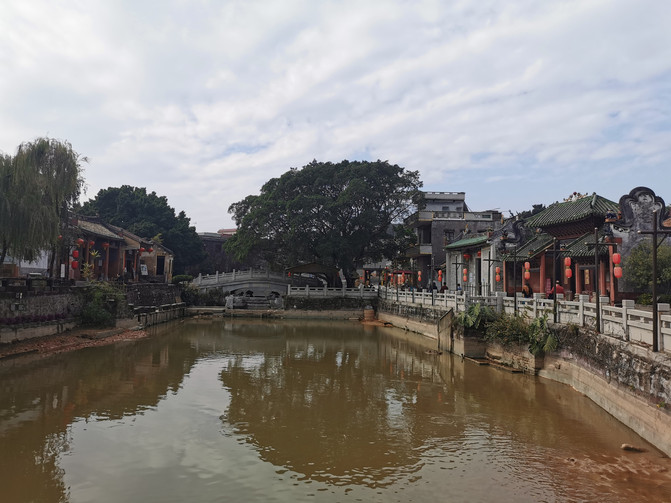
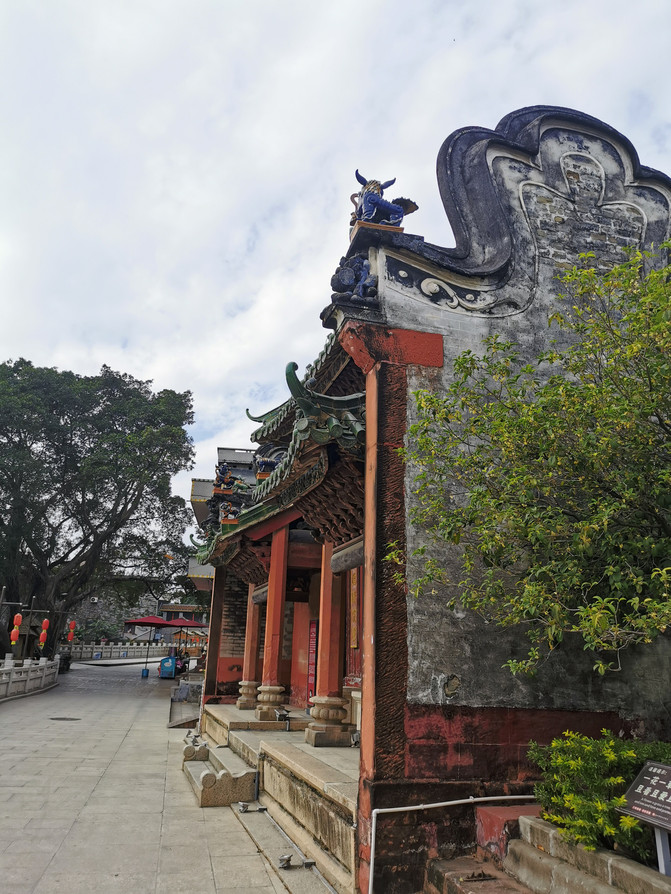
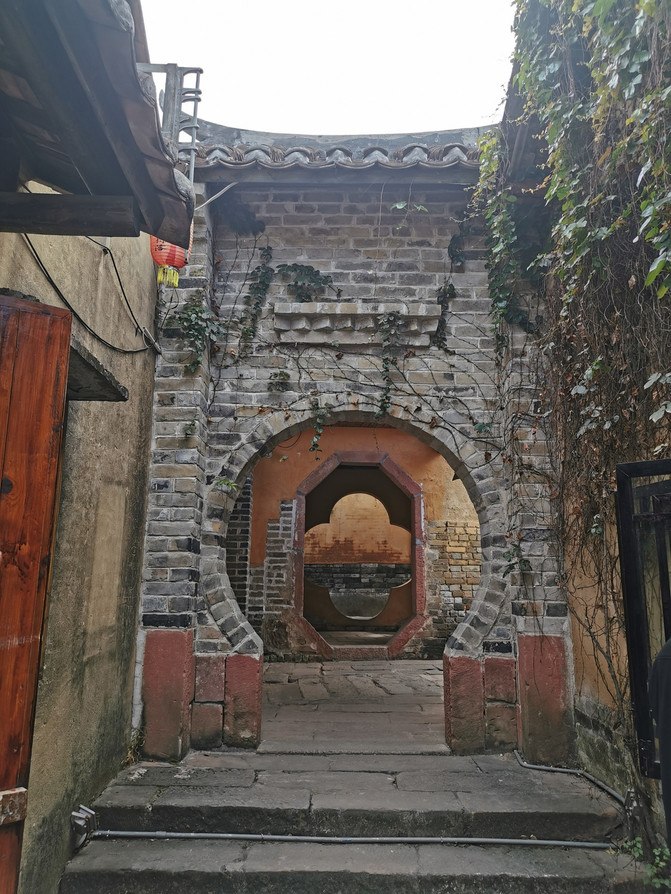

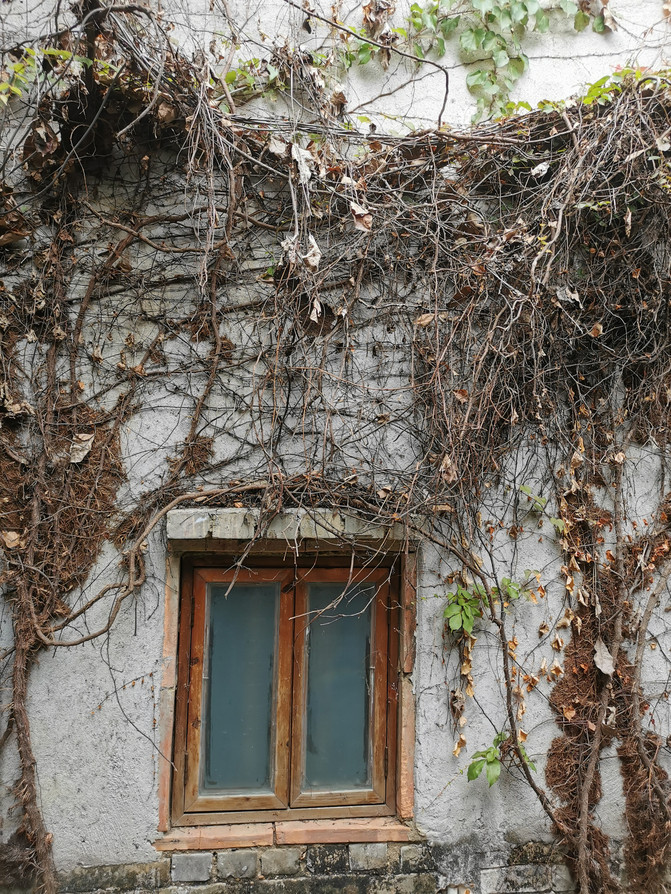
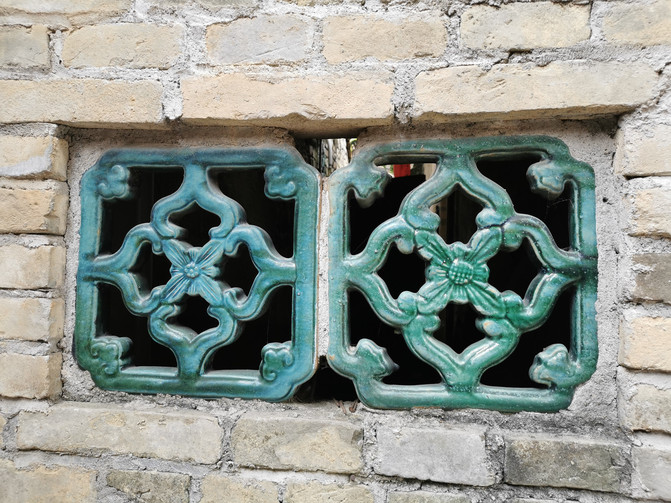



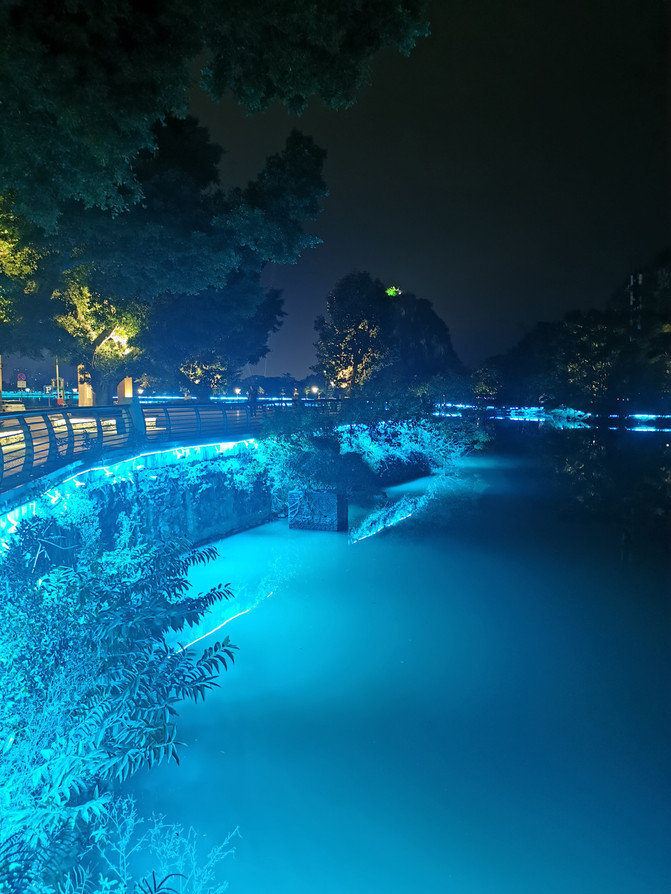
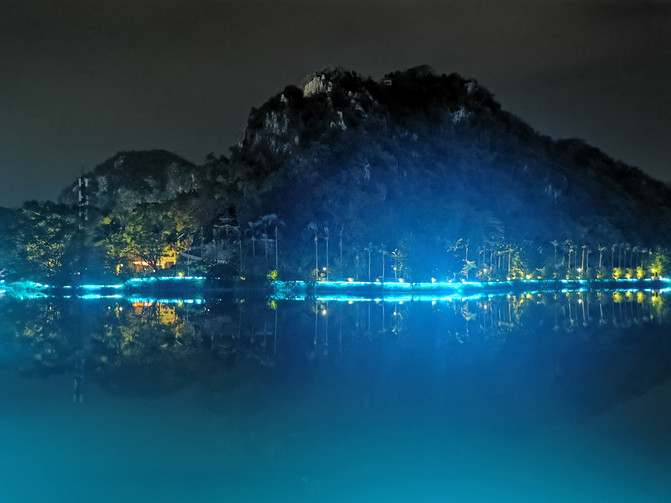
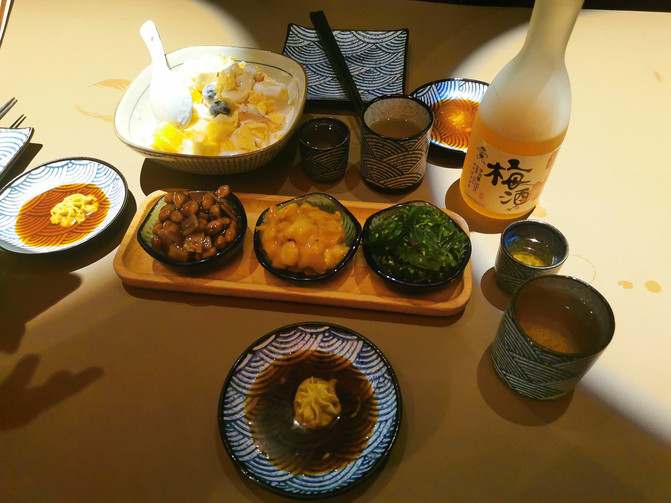
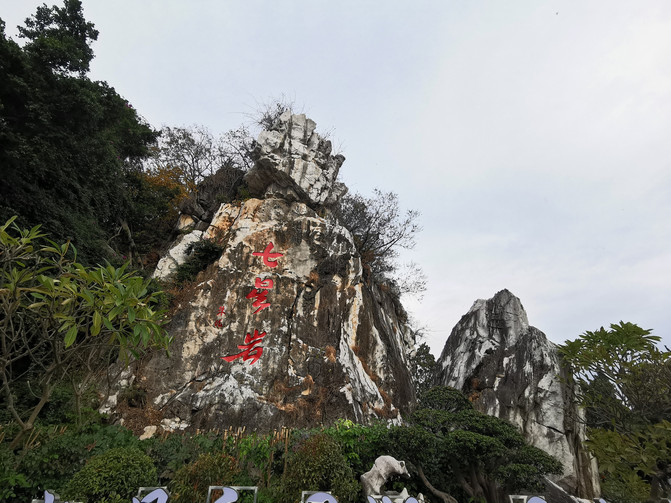
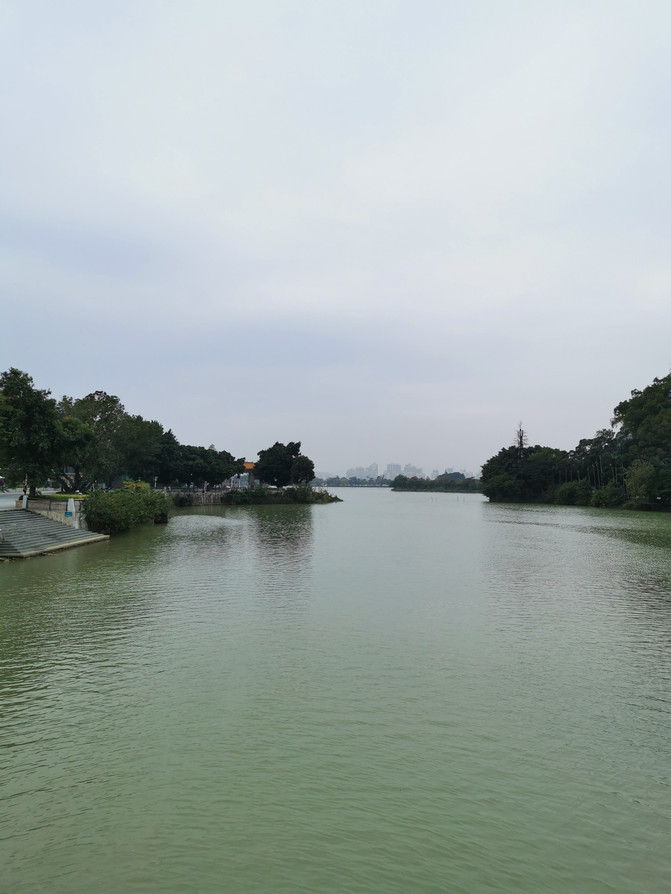
D7 Deqing Panlong Gorge-Qingyuan Lianzhou Check-in
Panlong Gorge is located in Guanwei Town, Deqing County, Zhaoqing City. It was rated as the "Most Beautiful Place in Guangdong" by National Geographic of China in 2005. It is also the shooting base of the Guangdong Province Photographers Association. The tour of Panlong Gorge starts from the waterfall area near the top of the mountain. There are cars in the scenic area to deliver tourists. Walking along the plank road, you can see waterwheel groups of large and small. It is the largest waterwheel group landscape in Guangdong. Crossing the waterfalls, the waterfalls are divided into two parts: east and west, with an overall drop of 300 meters. In the east waterfall, there are four to five waterfalls with a drop of more than 60 meters away. The west waterfall group is famous for its majesty, the largest of which is Tenglong Waterfall with a drop of 86 meters. After visiting the Panlong Canyon, you will see the lavender world. It is said that it is full of different varieties of lavender. It should be beautiful here in spring, but we only see scattered purple. In addition, there are rafting and hot springs to play in Panlong Gorge. When you come to Panlong Gorge in summer, you may wish to experience the "First Drifting of Chinese Warriors", which is said to be very exciting. In winter, it is said that you can soak in hot springs to relieve your fatigue. We only see hot spring areas full of Southeast Asian customs, which are obviously not open and a little messy. Opening hours: 08:30-17:30 all year round. Lunch is at a restaurant near the entrance and exit of the scenic area. Because there are few tourists, the dishes are incomplete, but they are delicious and have a good value for money. We came out on the roadside and saw a farmer woman selling wild tribute oranges. The taste was quite good. It was only free of postage in Guangdong Province. We only bought food for the road.
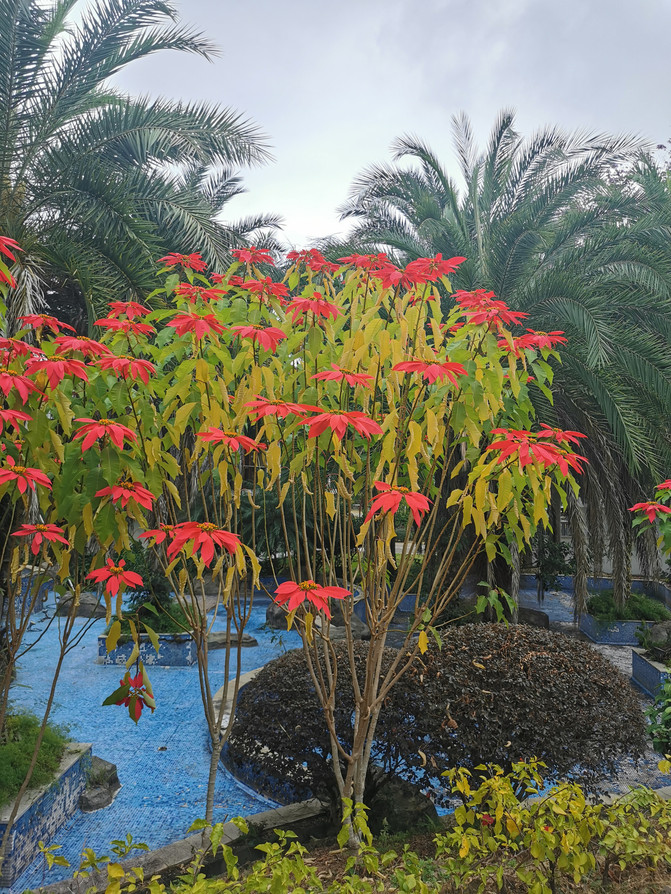
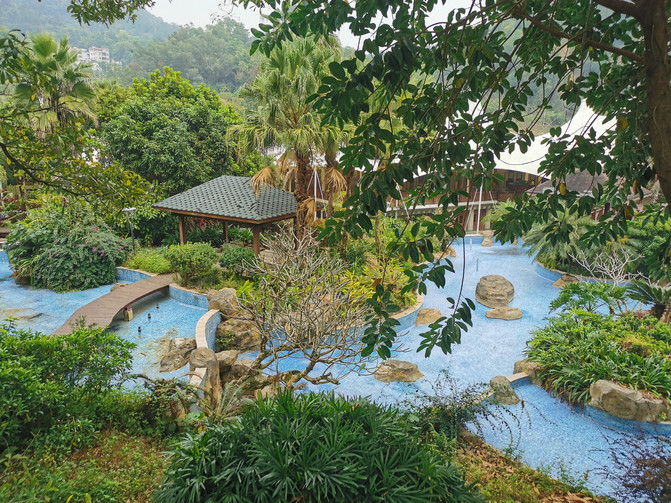
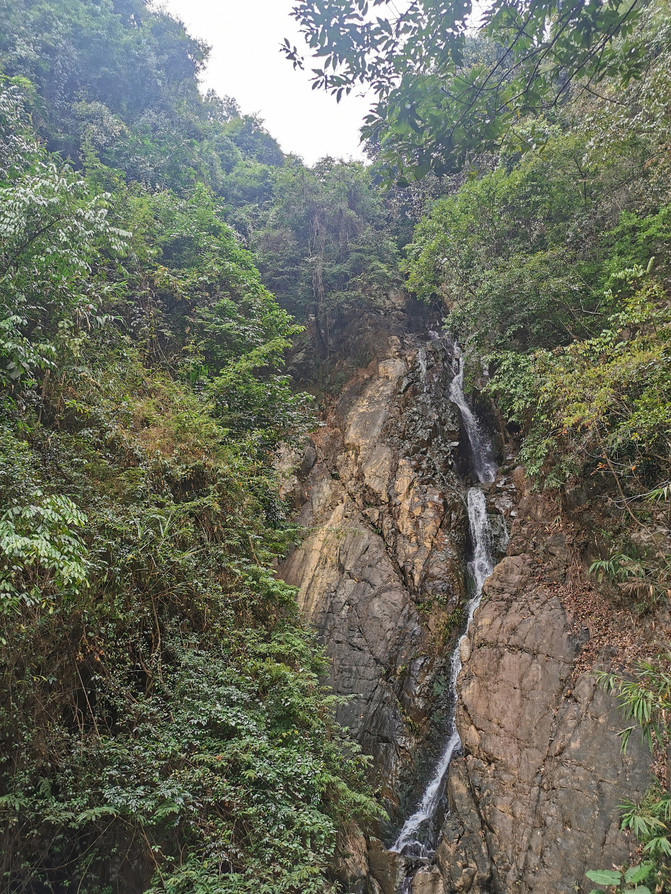

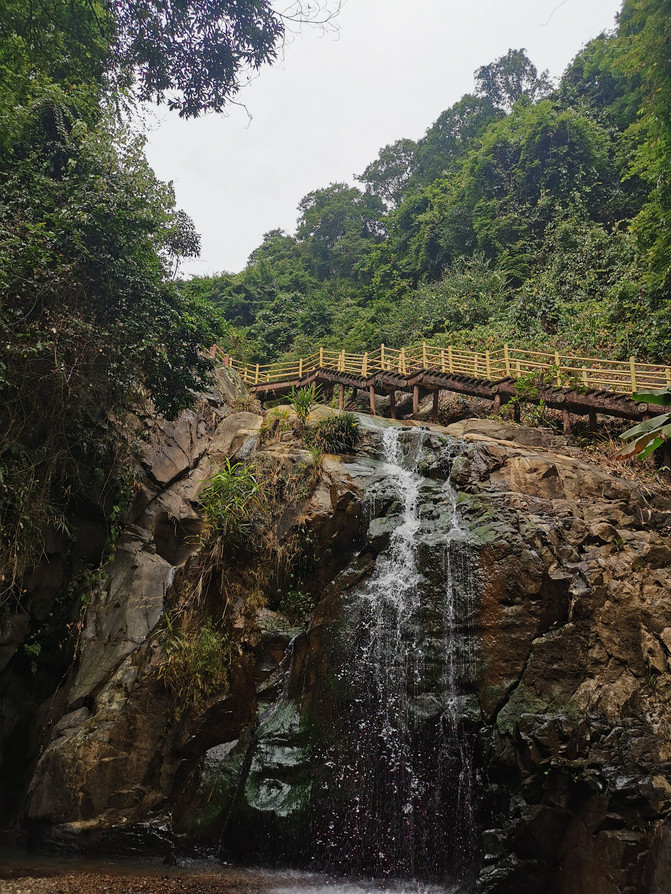

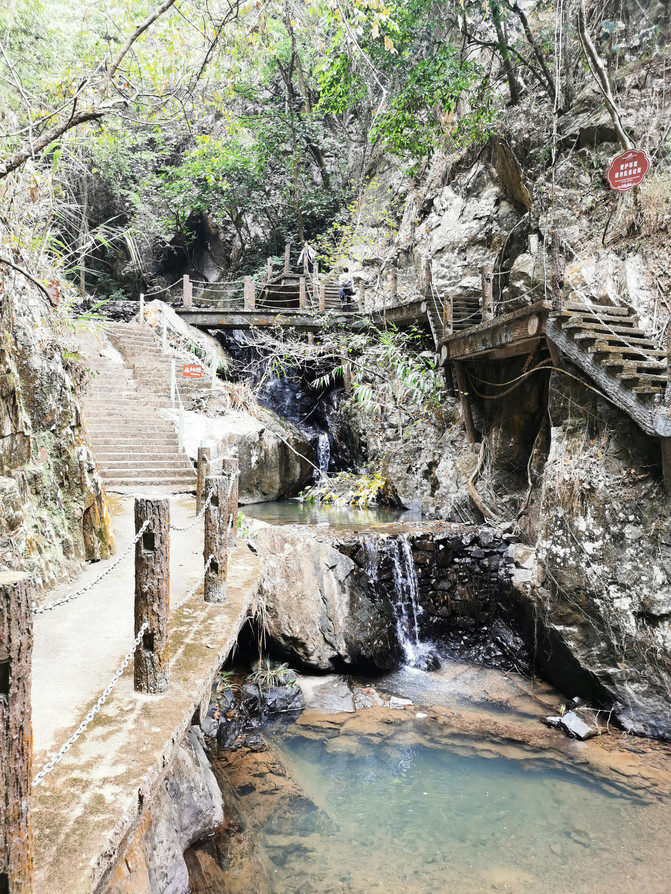

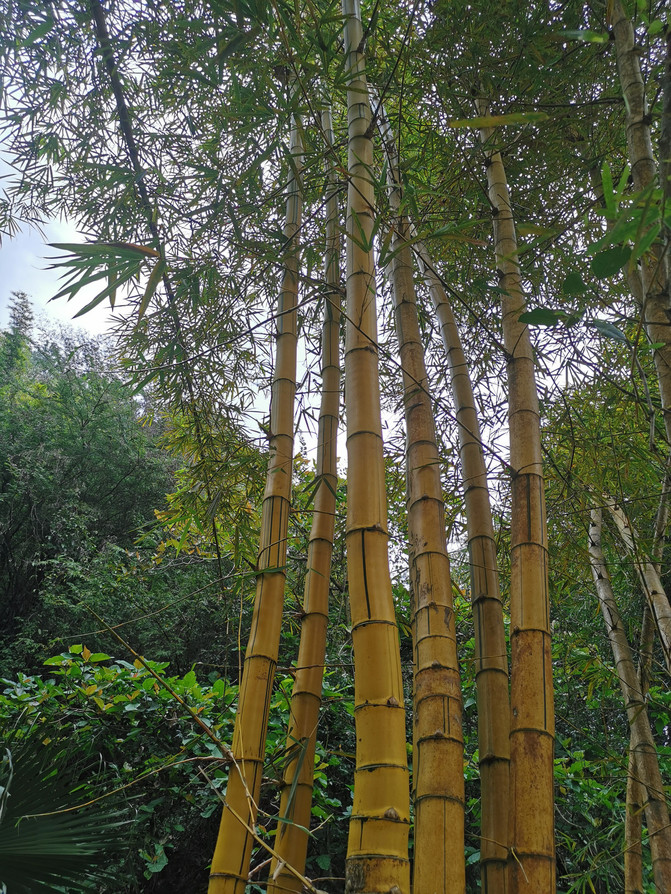
D8 Liannan Millennium Yaozhai-Return
This was the only accommodation we had on our trip with breakfast. The accommodation conditions in Anda were very average, but the breakfast was very rich and delicious. The food delivery time was asked in advance and delivered directly to the room. The Millennium Yaozhai is located in Liannan, Lianzhou, Qingyuan. It was built in the Song Dynasty and has a history of more than a thousand years. The ancient village was built on the mountains, with stacked houses and scattered patterns; the stone roads crisscross, with clear primary and secondary and large scale. The temperature in Lianzhou is obviously much lower. I felt it when I got off the bus the night before. Although we all put on clothes in the morning, we were still frozen when we arrived at Yaozhai. After putting on clothes again, we turned around and saw the gate of the village. It is 808 meters above sea level. A huge long drum when entering the village tells you where you are. Go up the winding mountain road and admire the scattered houses. Hundreds of houses are scattered among the mountains and forests, like a gray "Potala Palace", very spectacular. Climb high and look back at the distant mountains. Peak peaks of similar height are winding continuously in the early morning dusk, like desolate and distant ink paintings. In addition to the simple and simple houses, the Yao people's ability to sing and dance adds a different style to the place. The world classic music "Yao Dance Music" in the 1950s was created here. Today, the Yaozhai Flower Drum, Yaozhai Singing Hall (Panwang Festival), and Changgu Dance are still shining brightly. In the Yao Dance Square, you can watch Aguige and Sha Yaomei recreating the wonderful scenes of Yao farming and marriage. Opening hours: 09:00-17:00 all year round, and the opening time of the park is postponed to 21:00 every Friday and Saturday (bonfire party 19:30-20:30).
After lunch at the airport, they wait for their own planes to go home. Another happy year of reunion, and I am already looking forward to where to go next year!
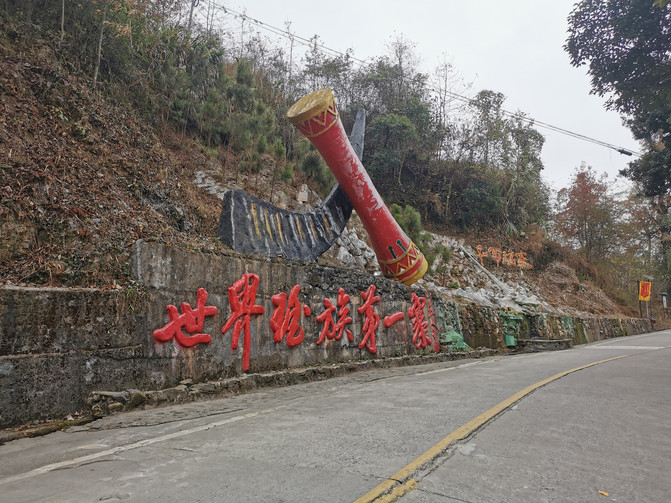
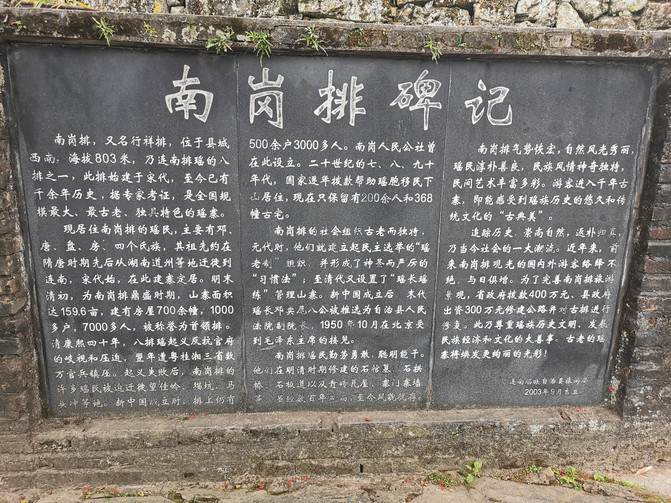
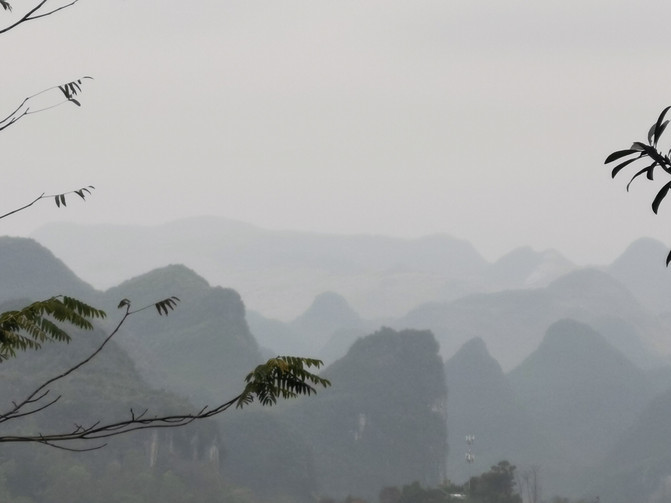
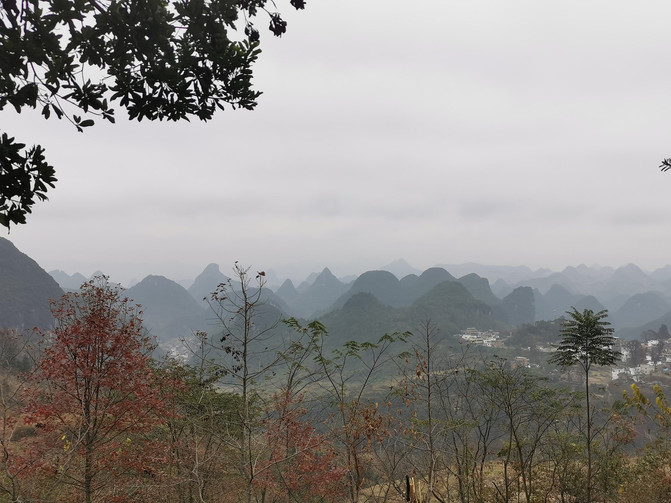
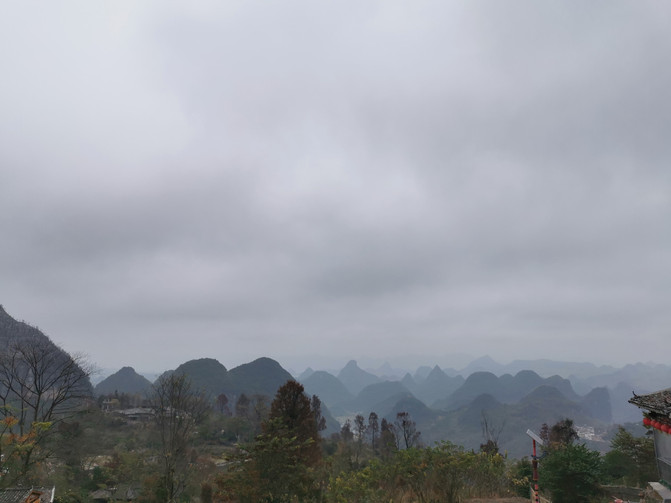
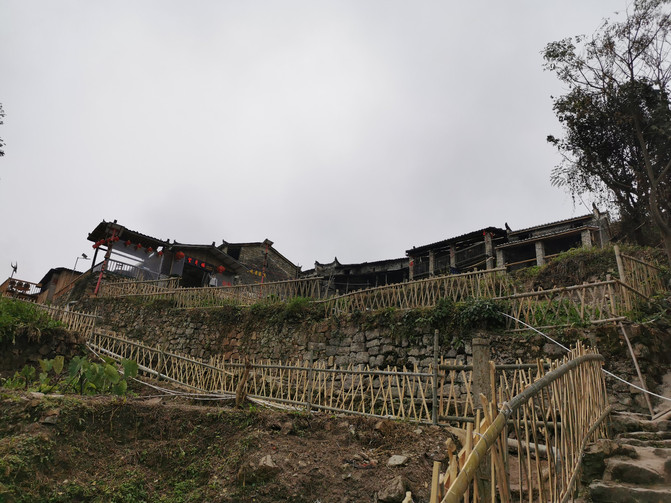

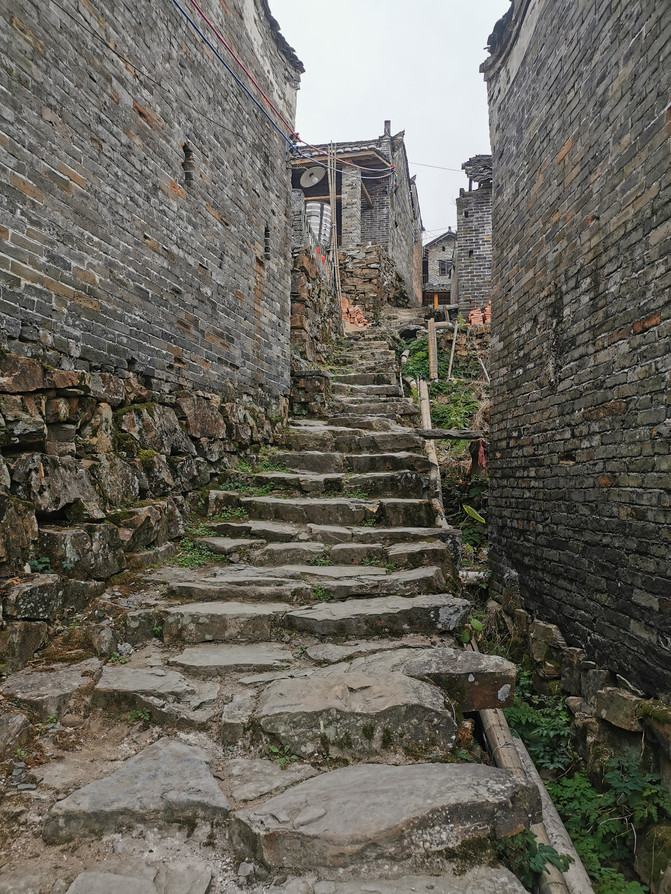
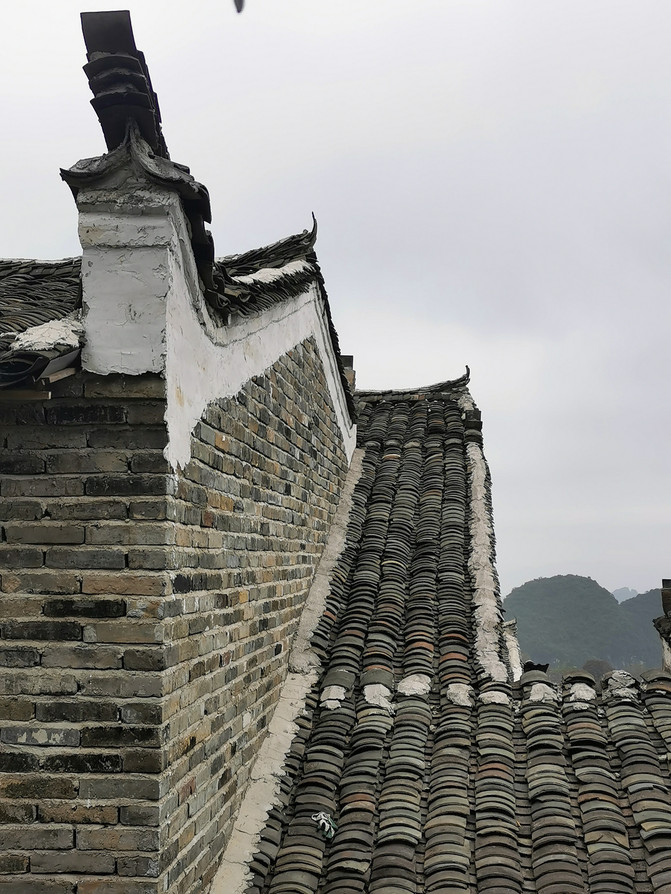

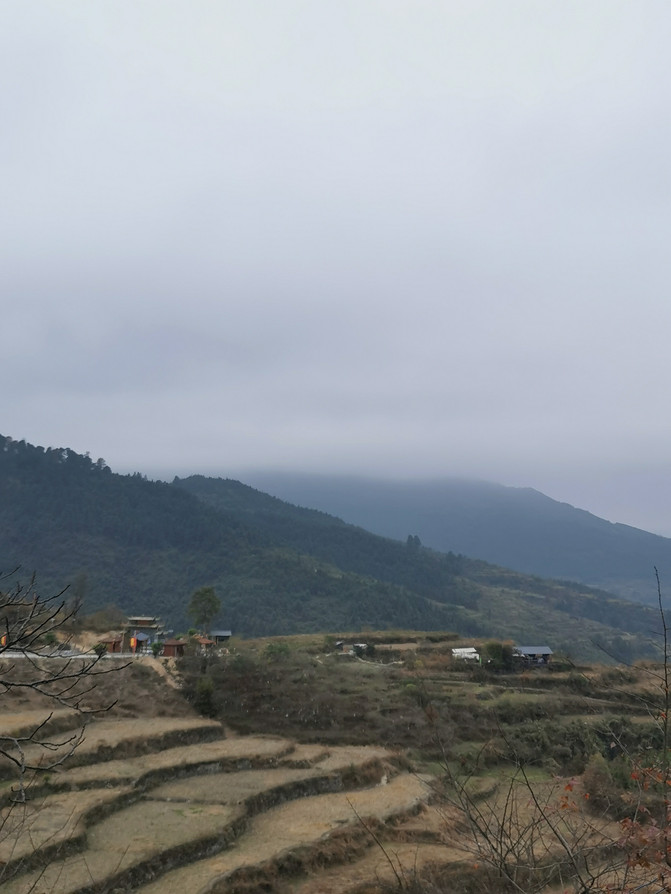

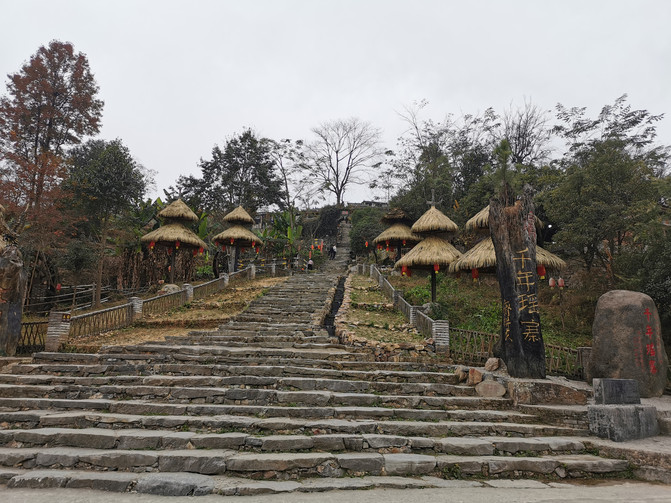


Previous Article:First sight of Guangzhou--A journey of food and culture
Next Article:Notes on a 6-day group tour in Abu Dhabi and Dubai in United Arab Emirates in February 2023
